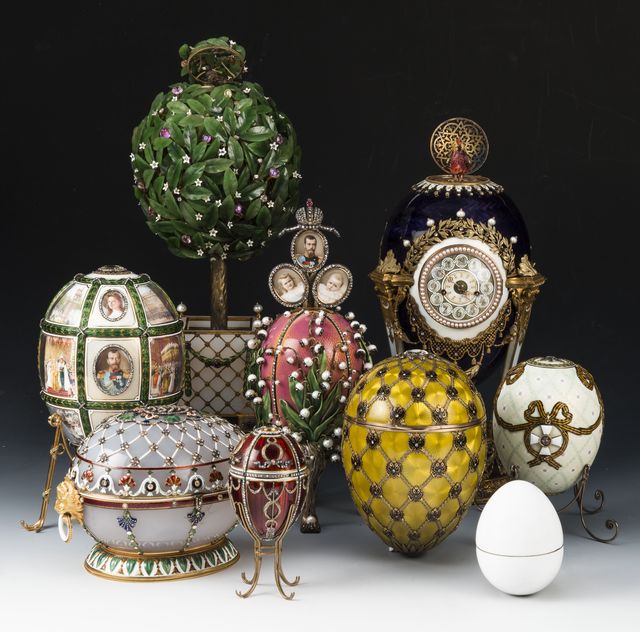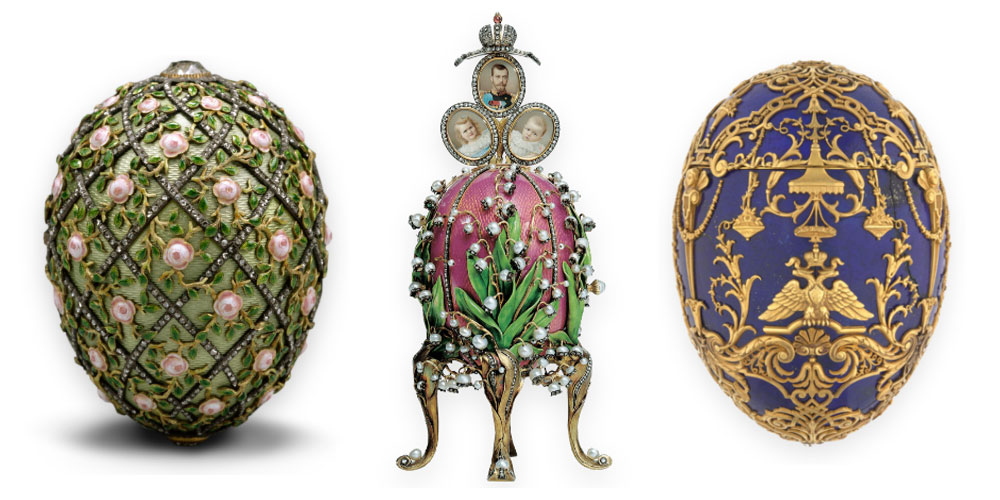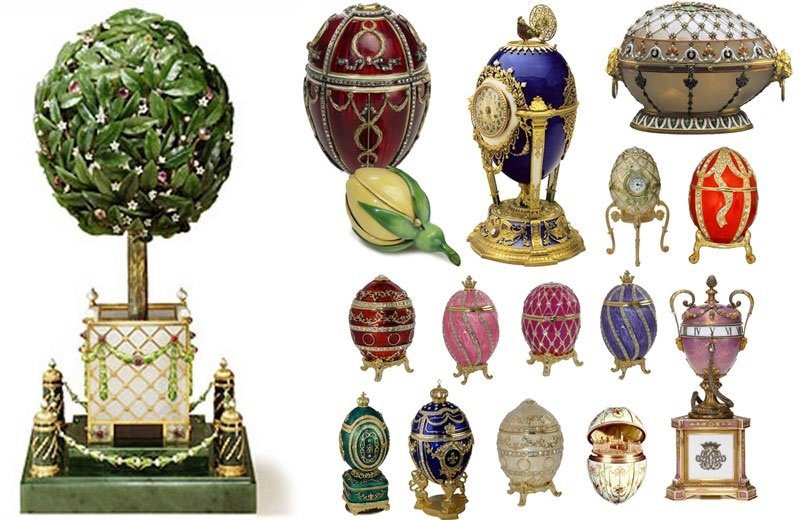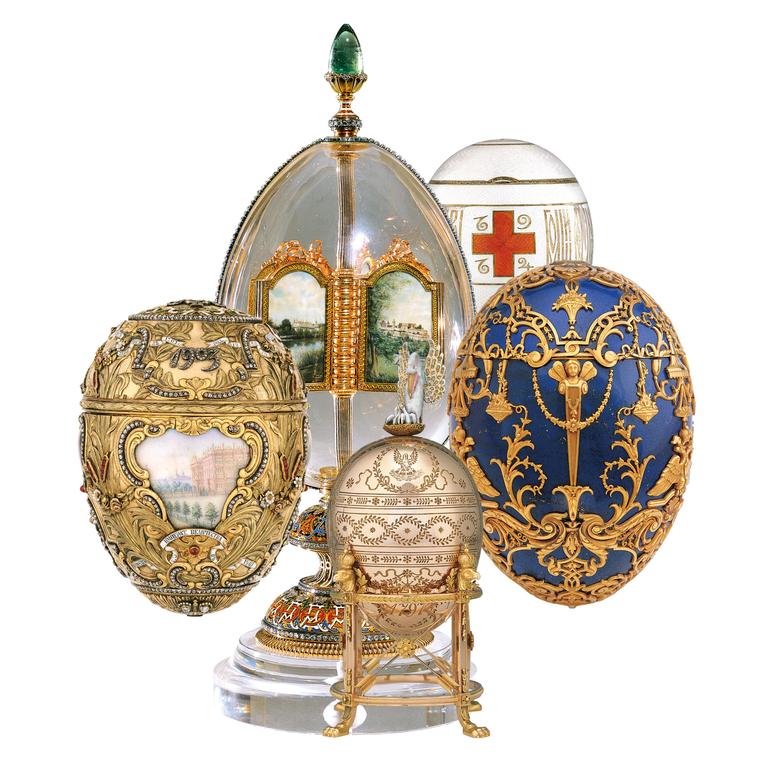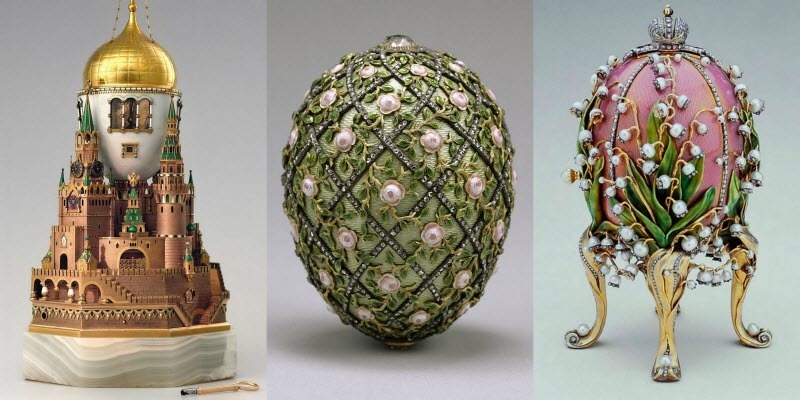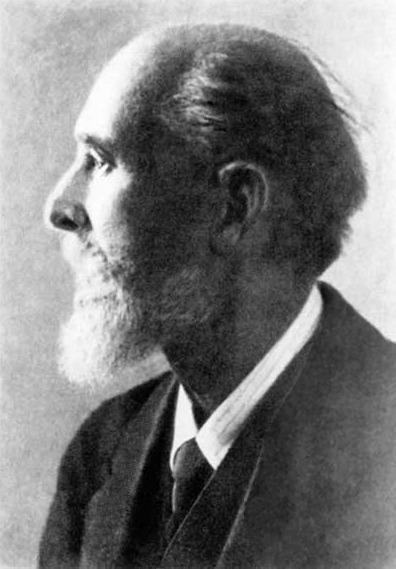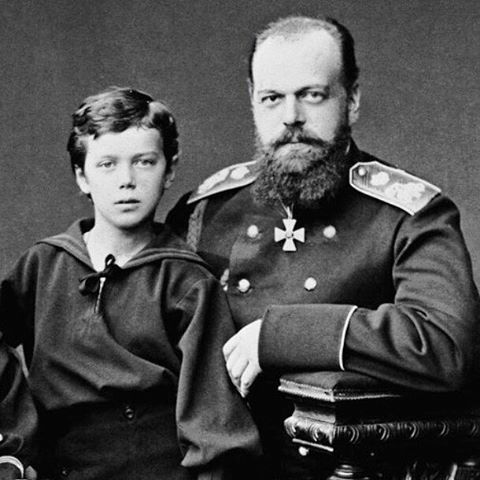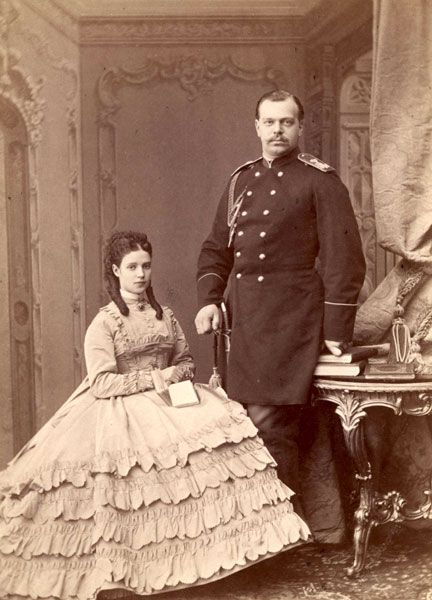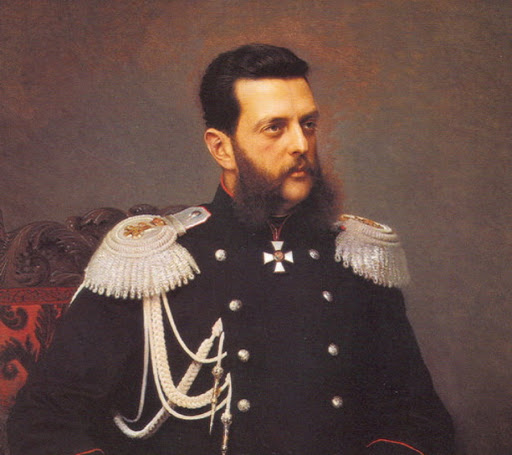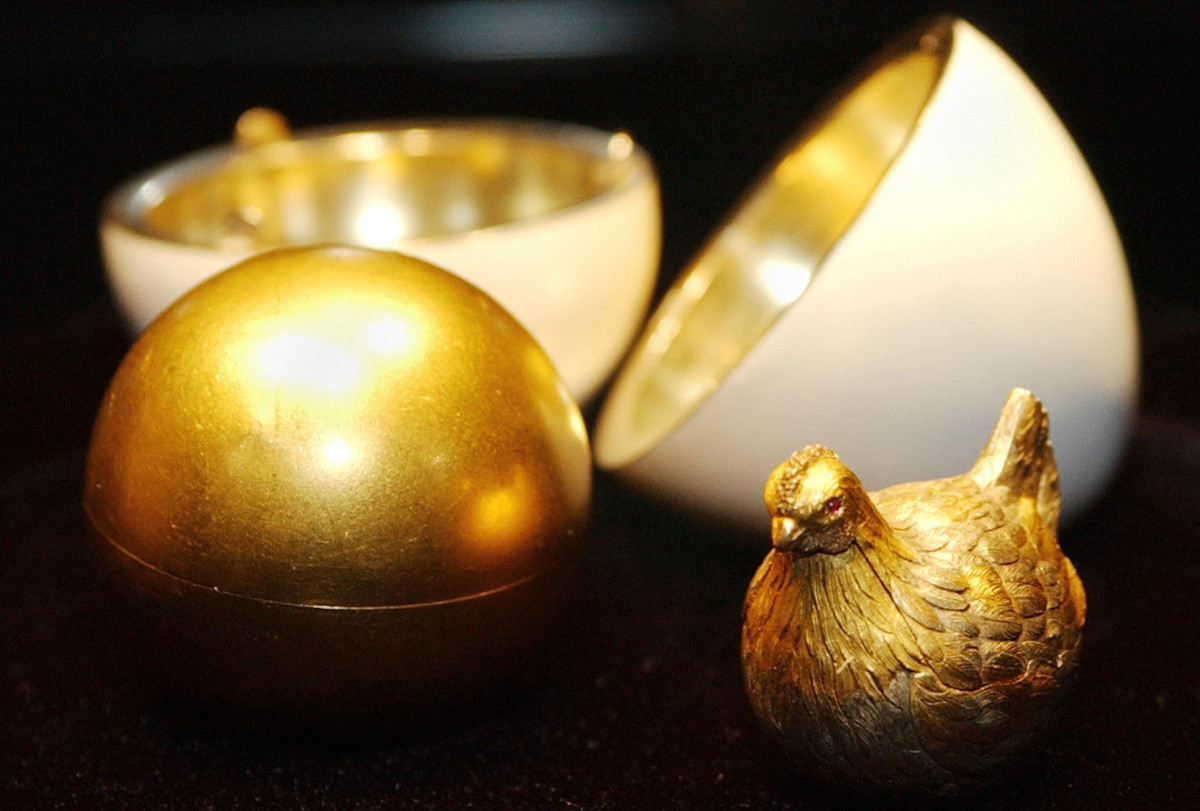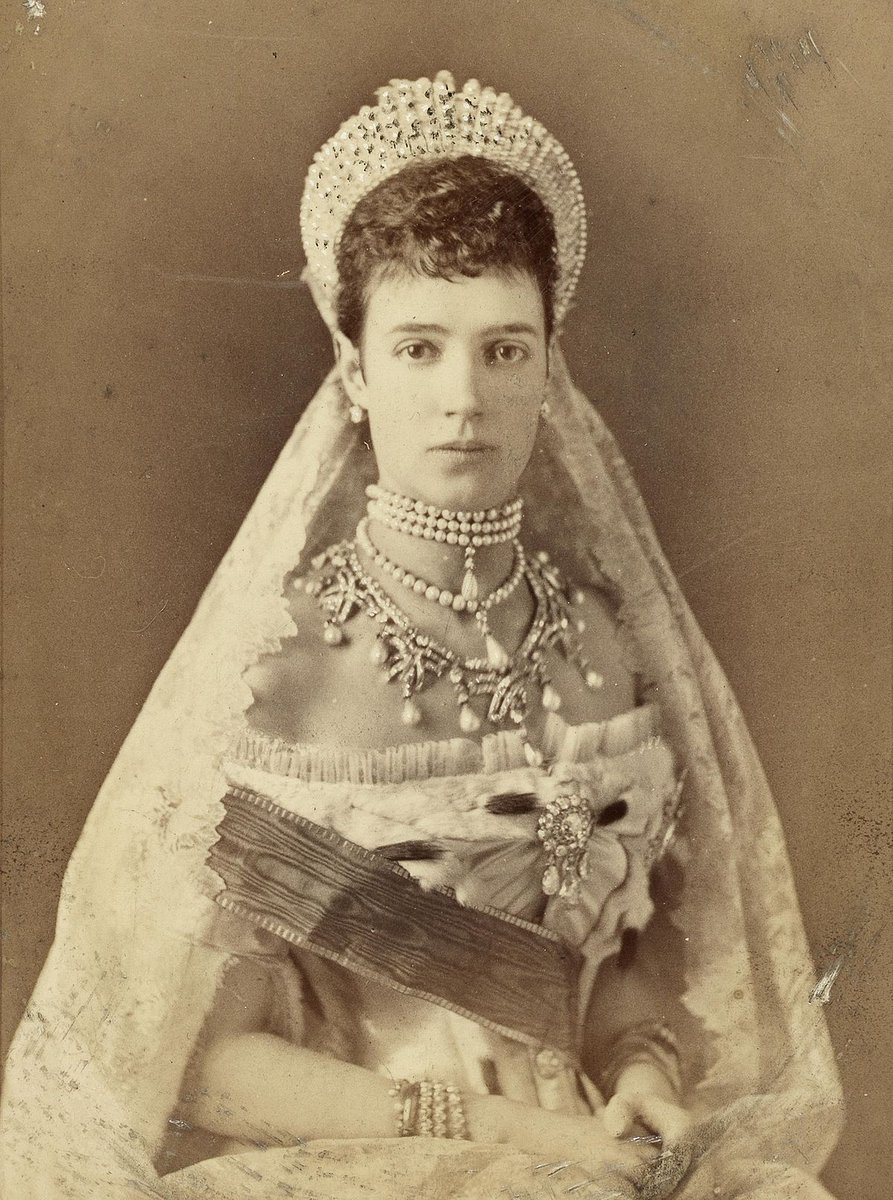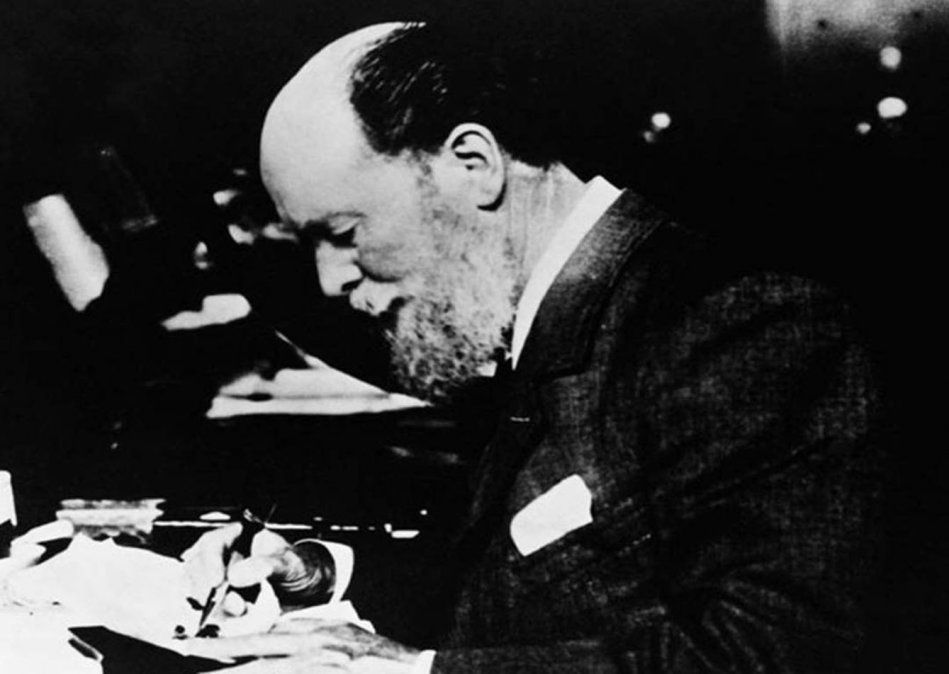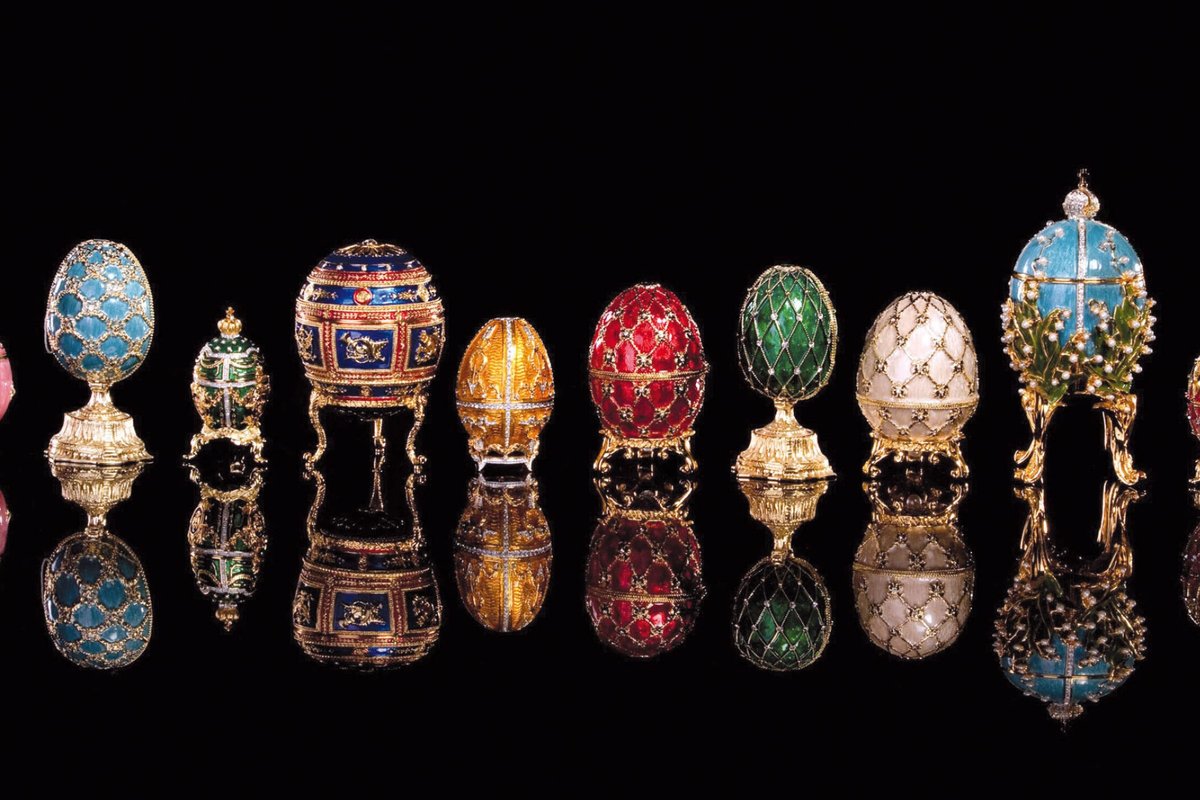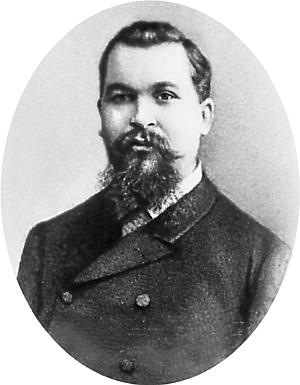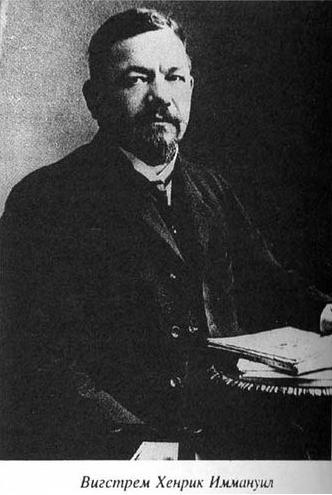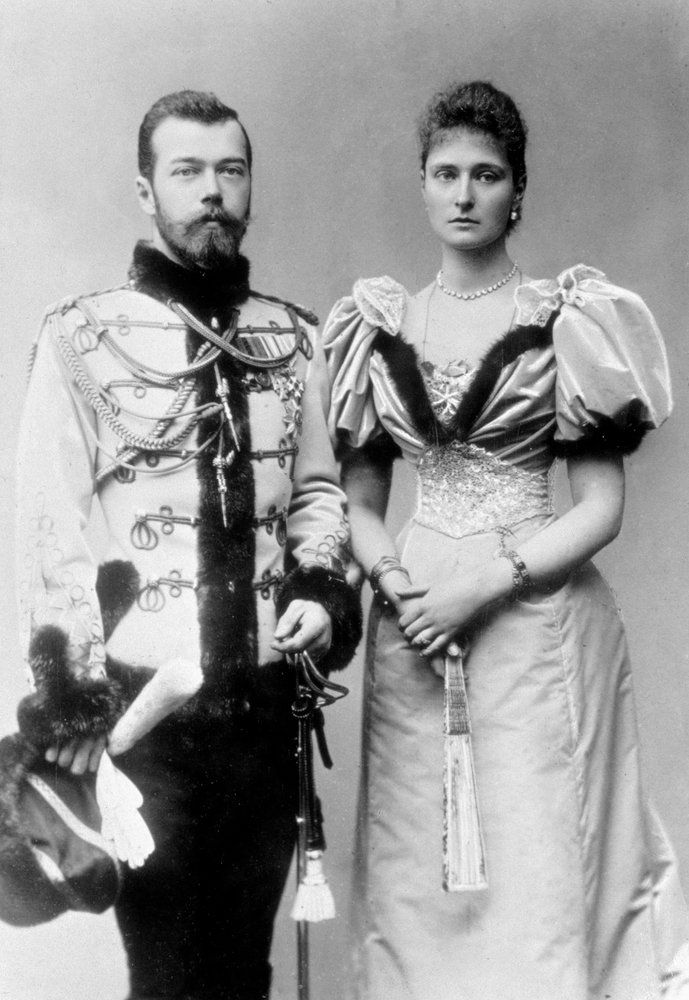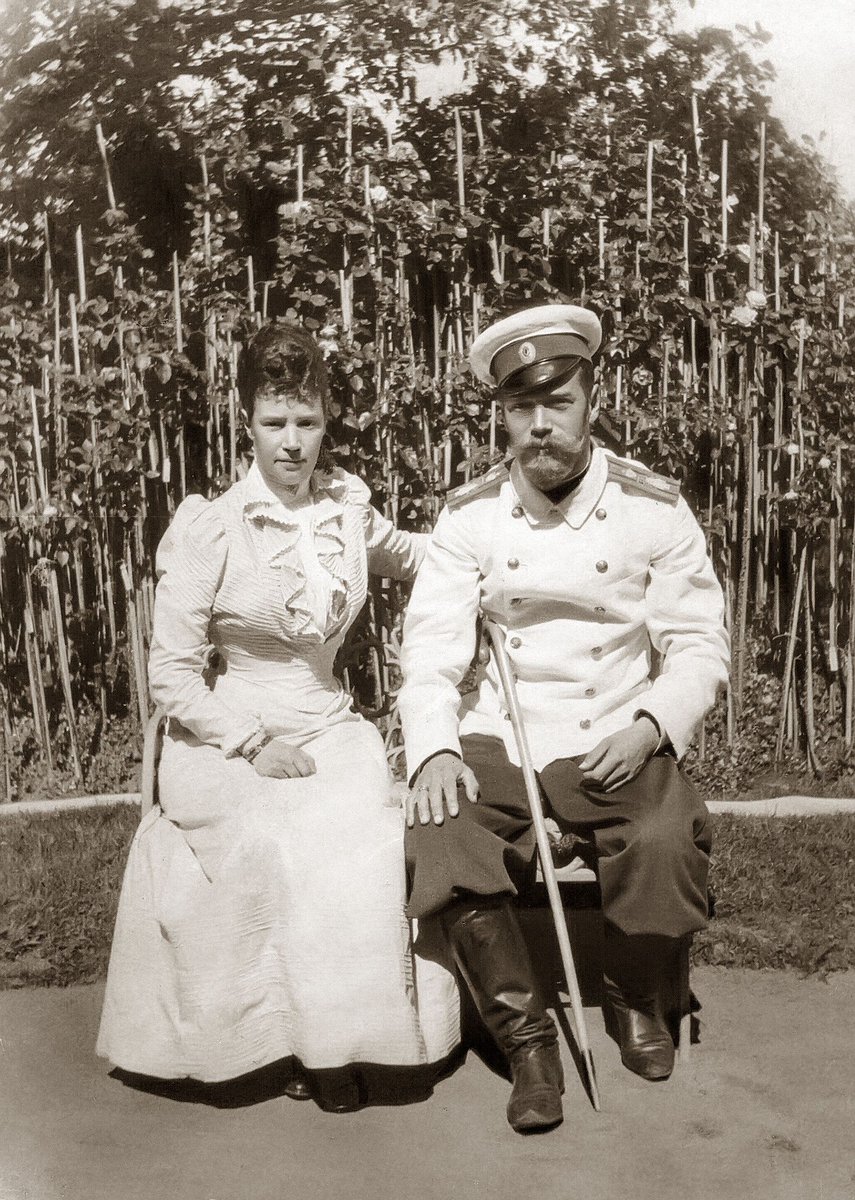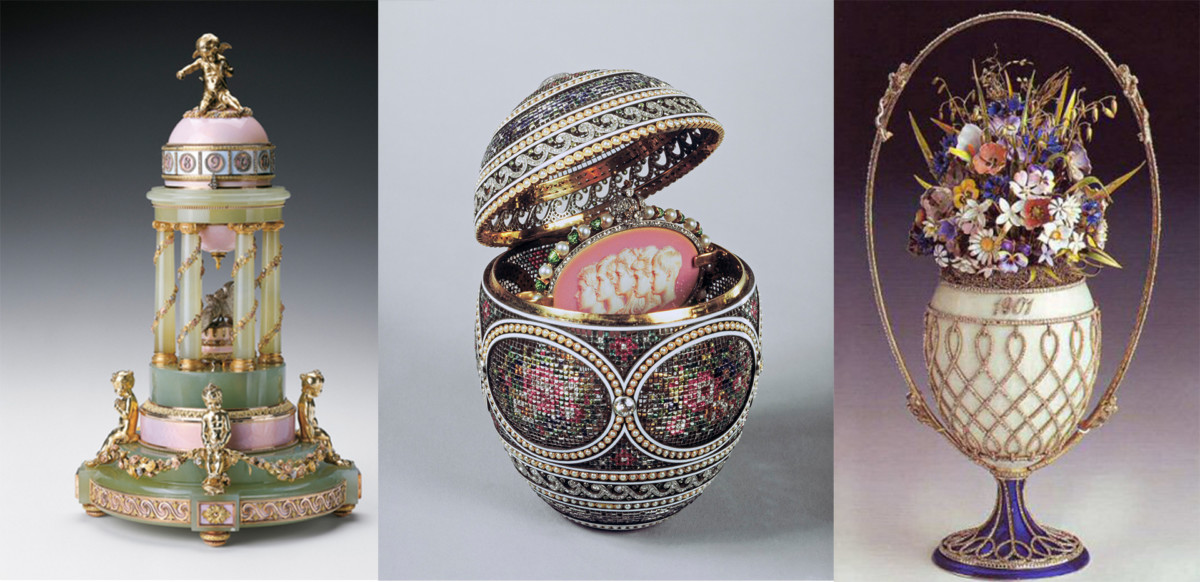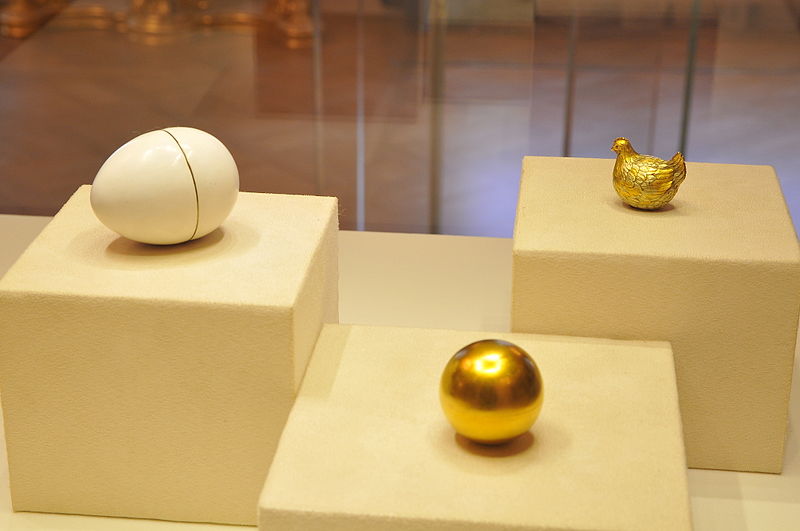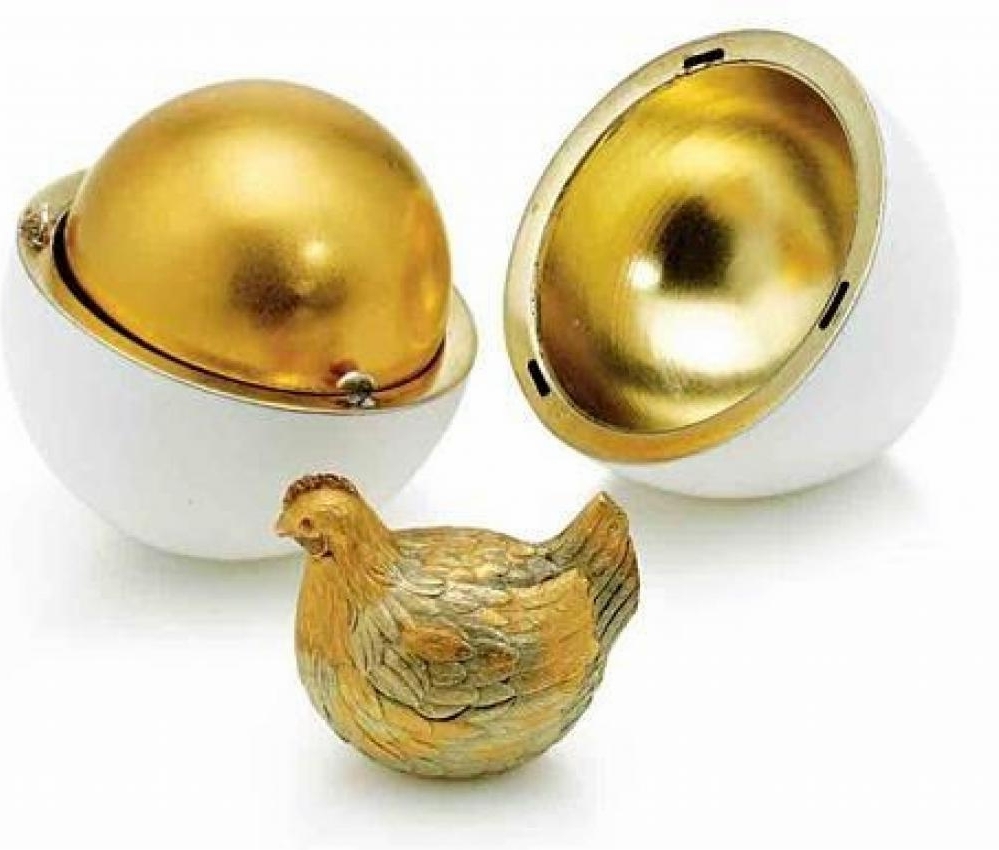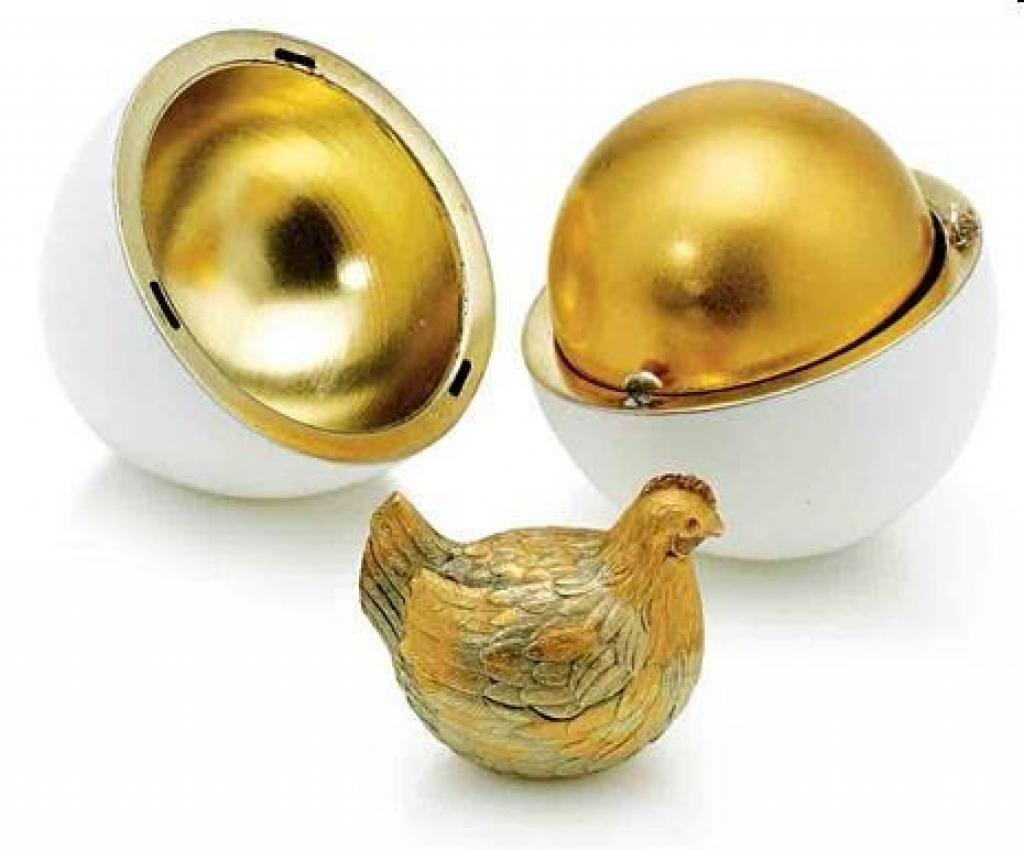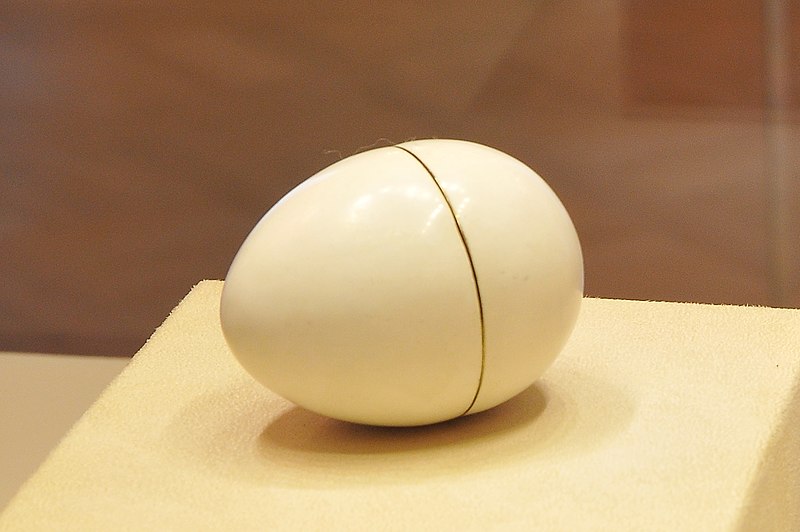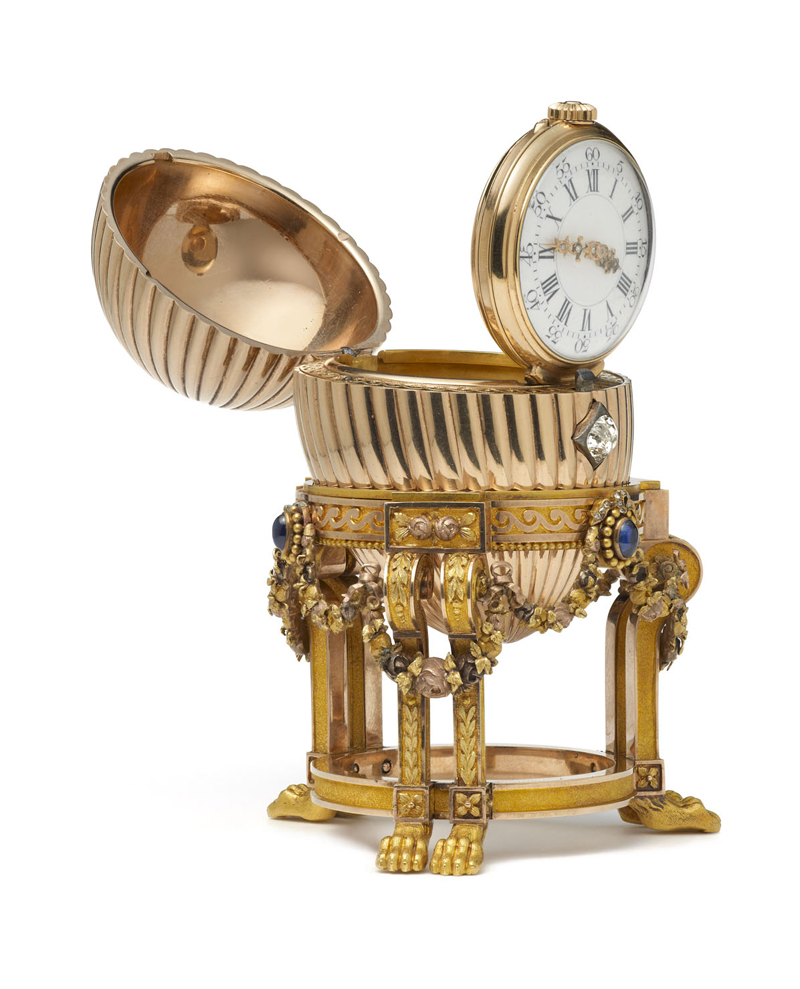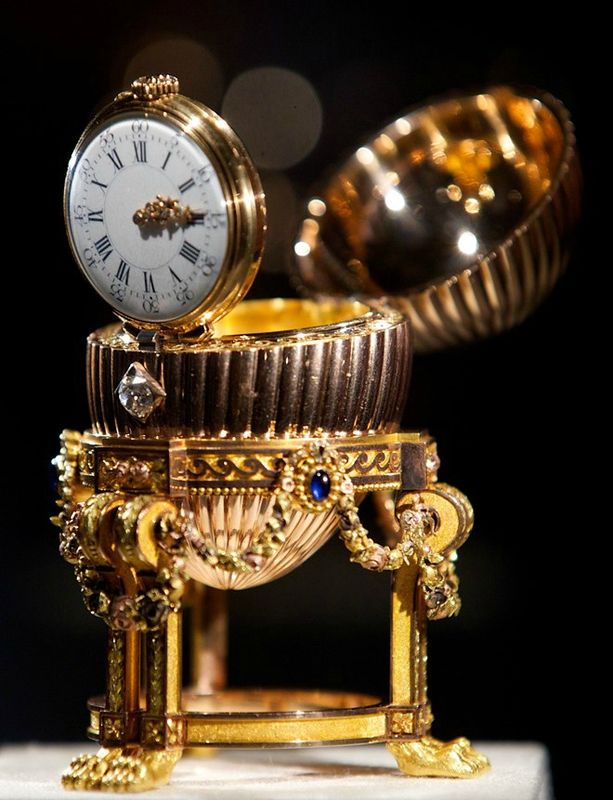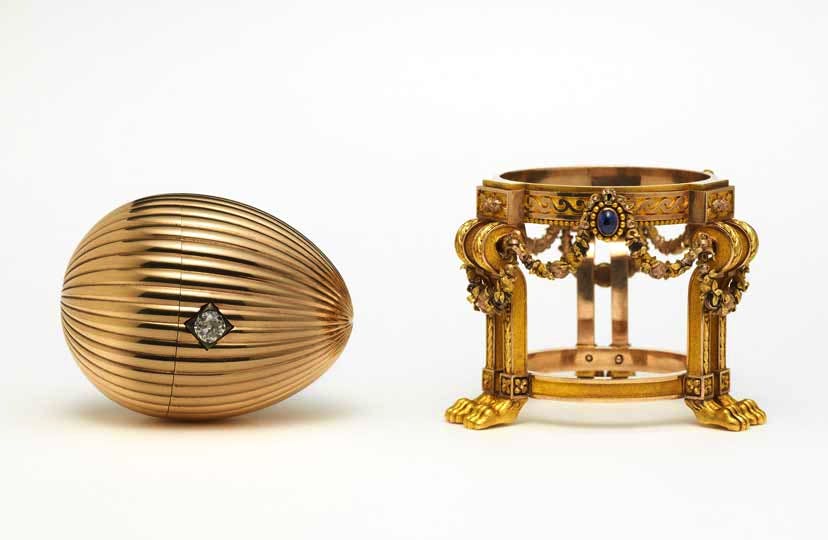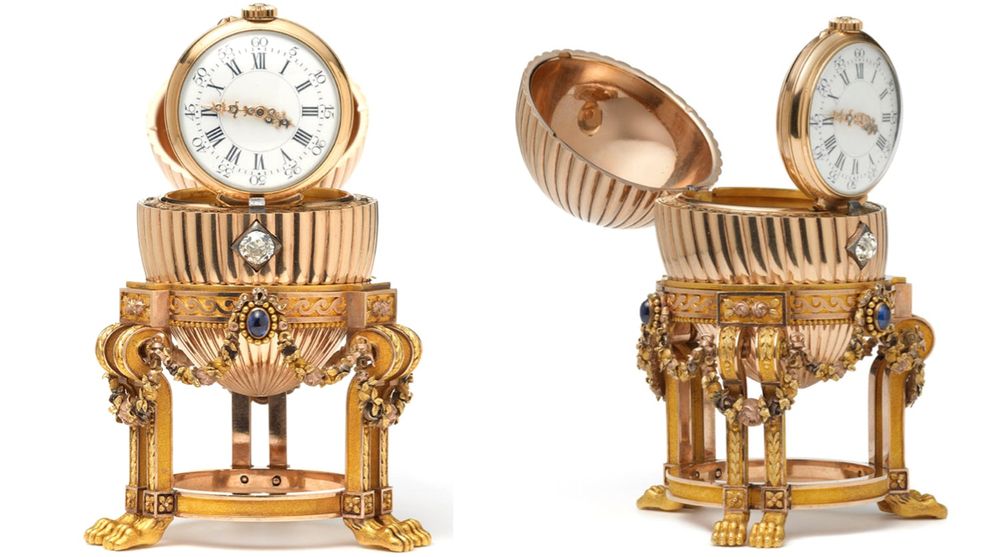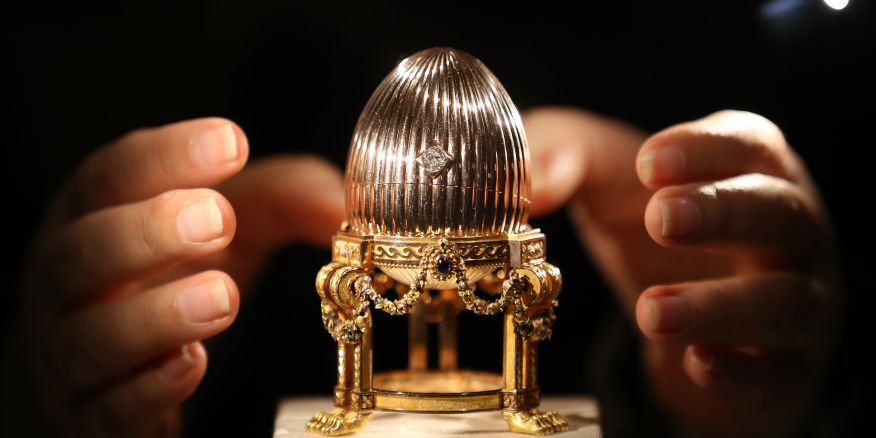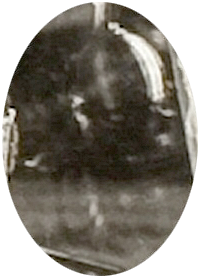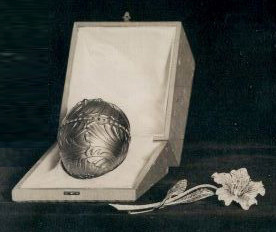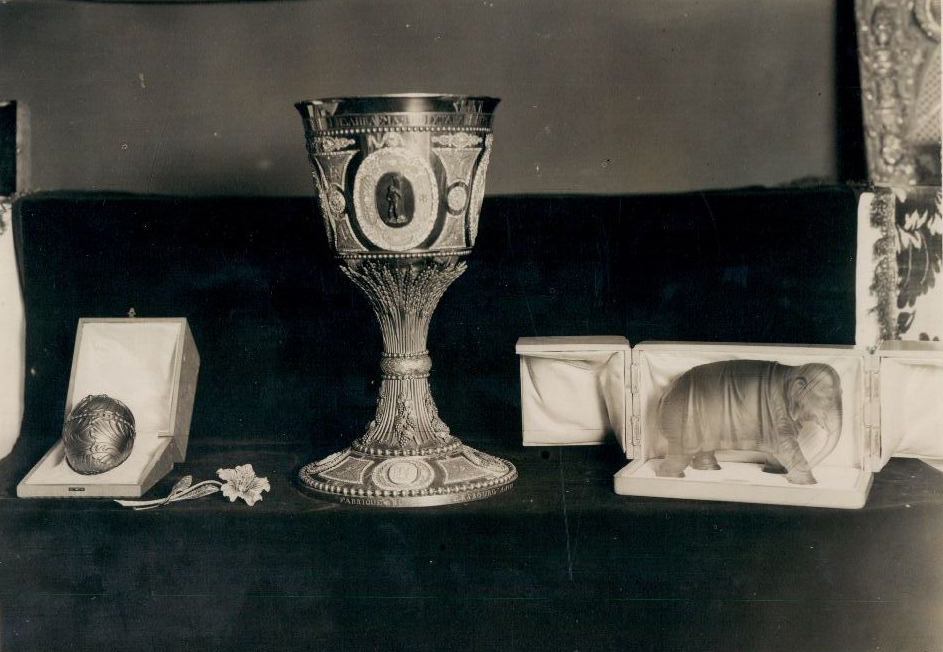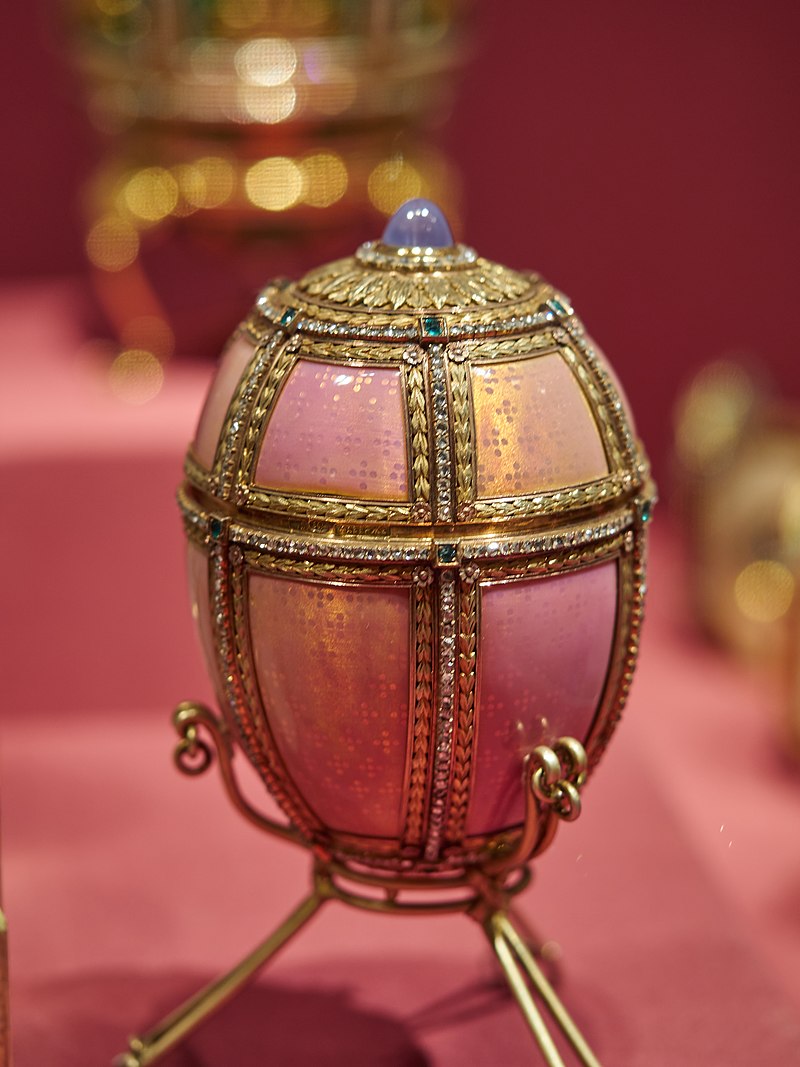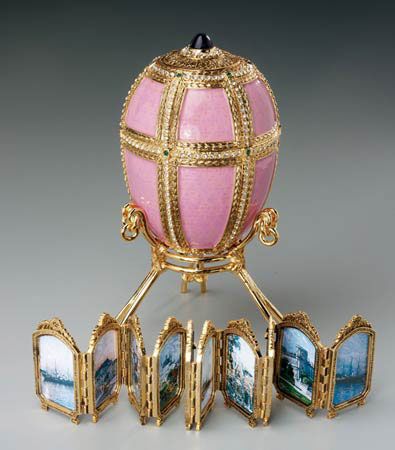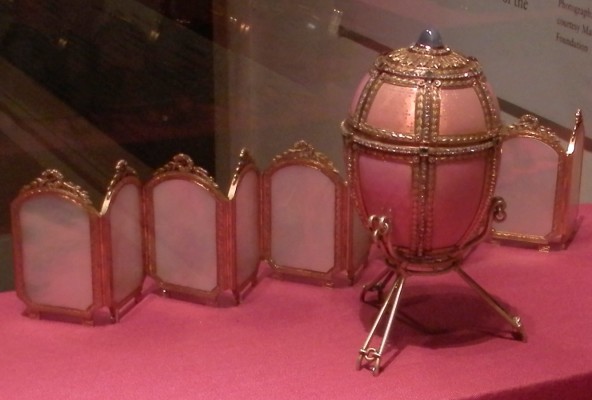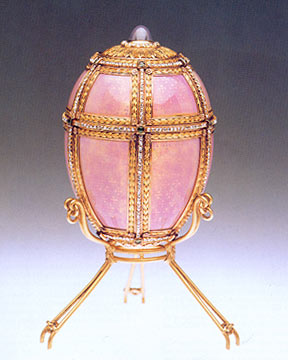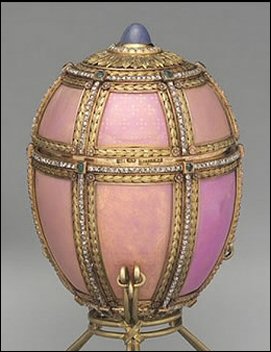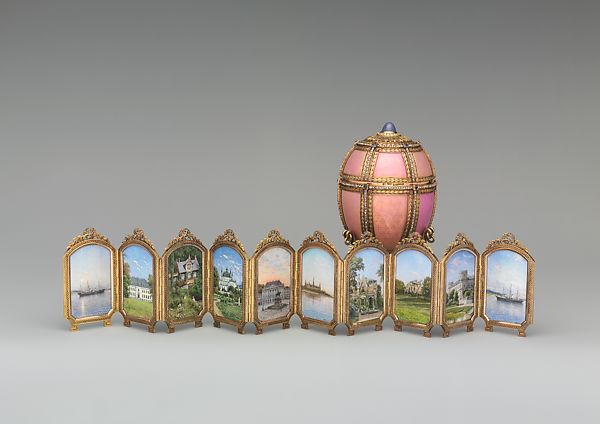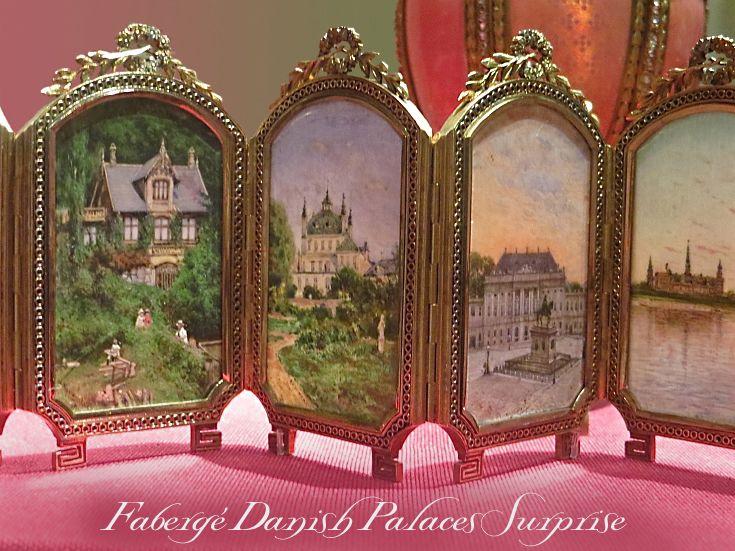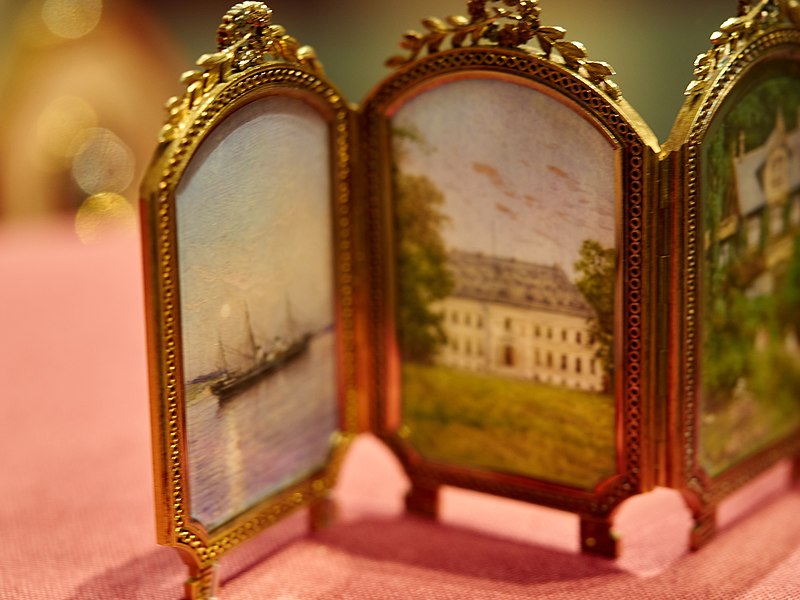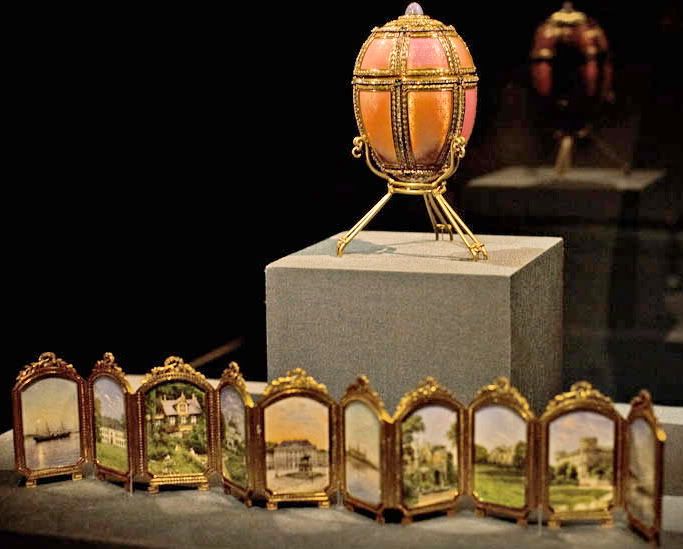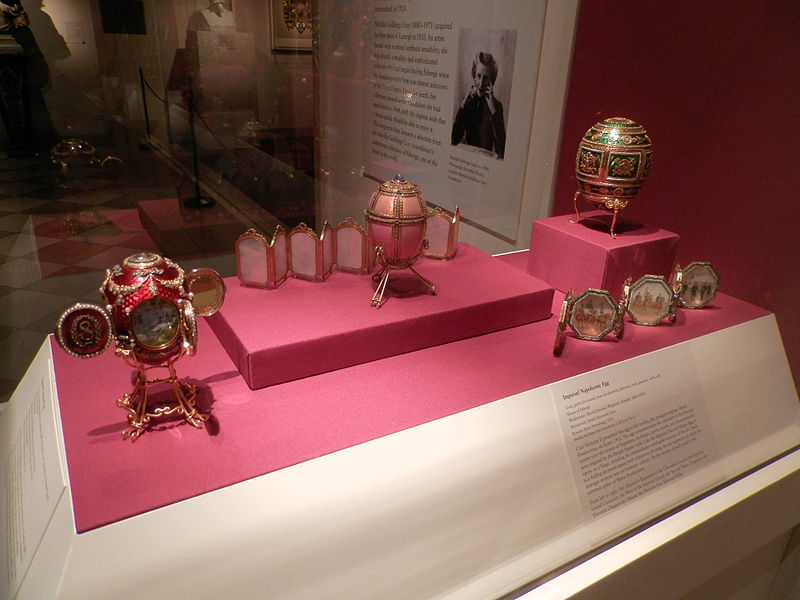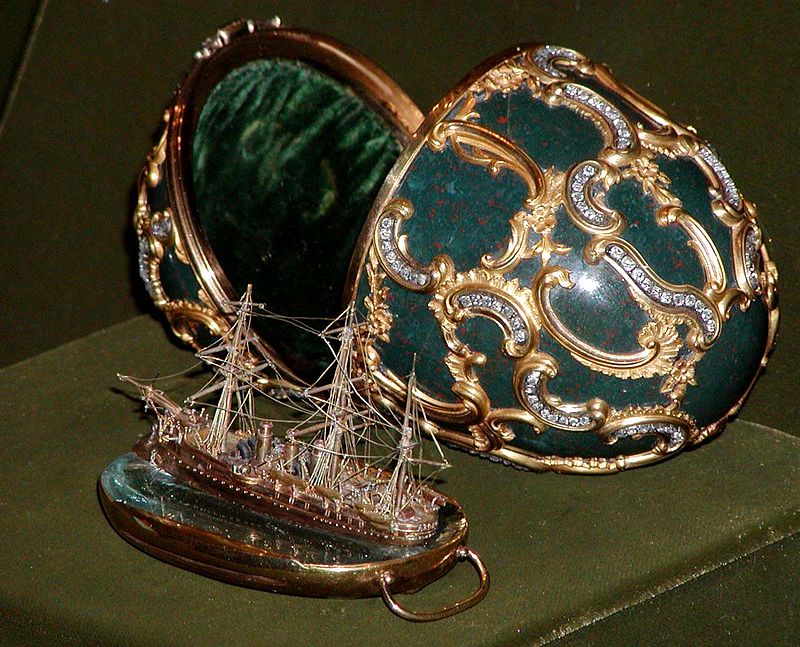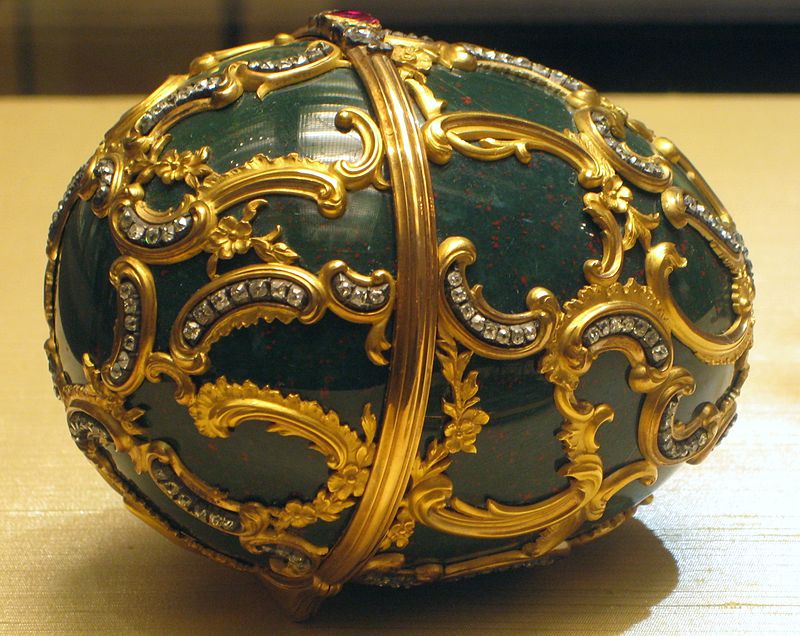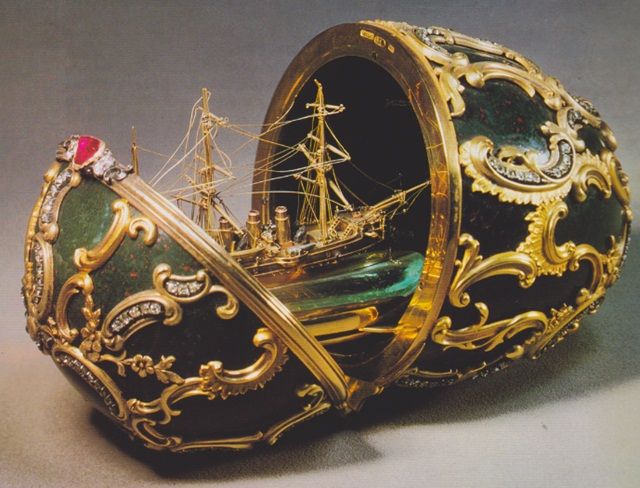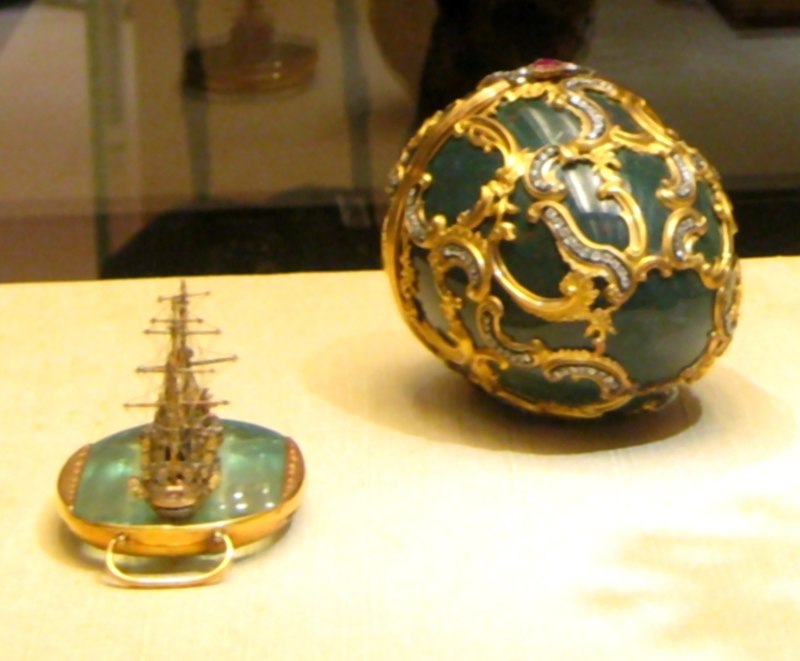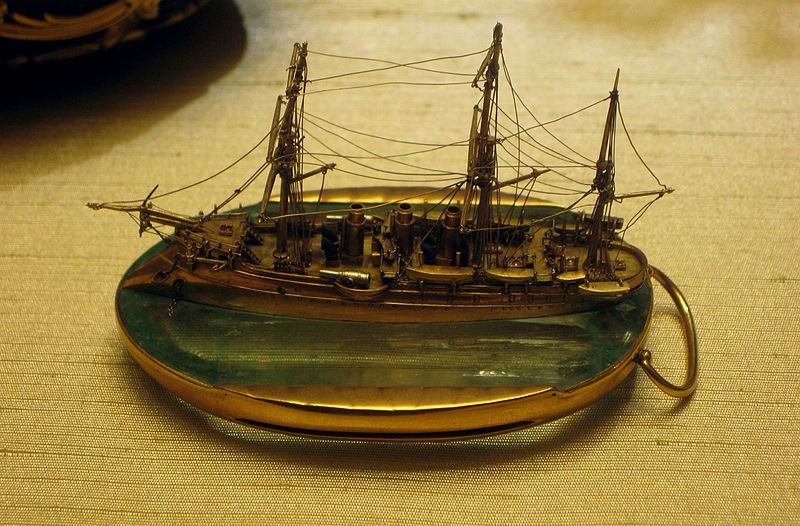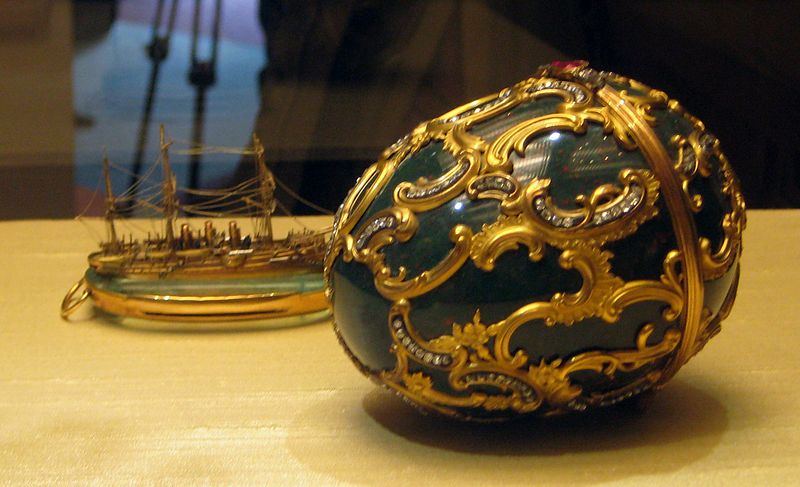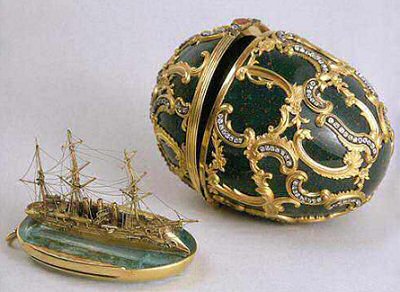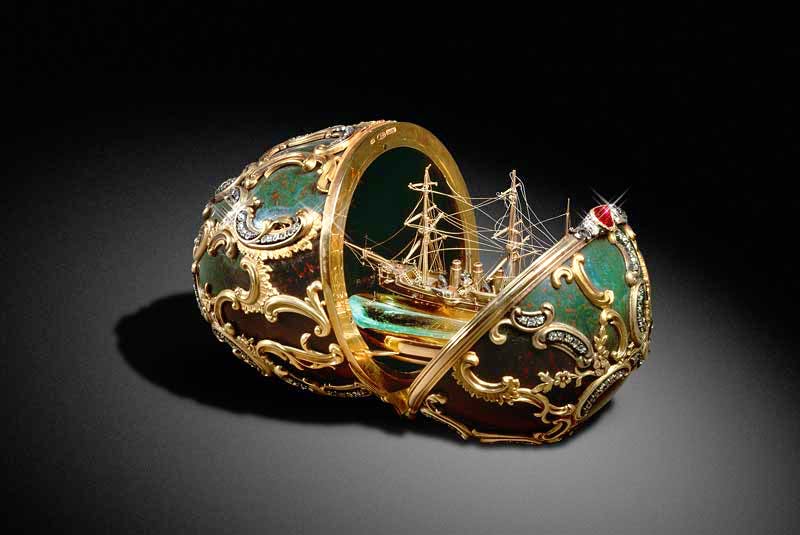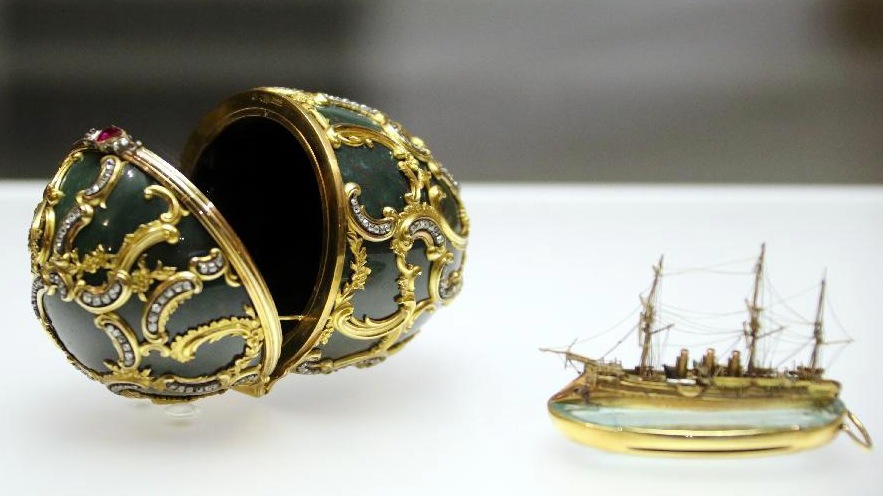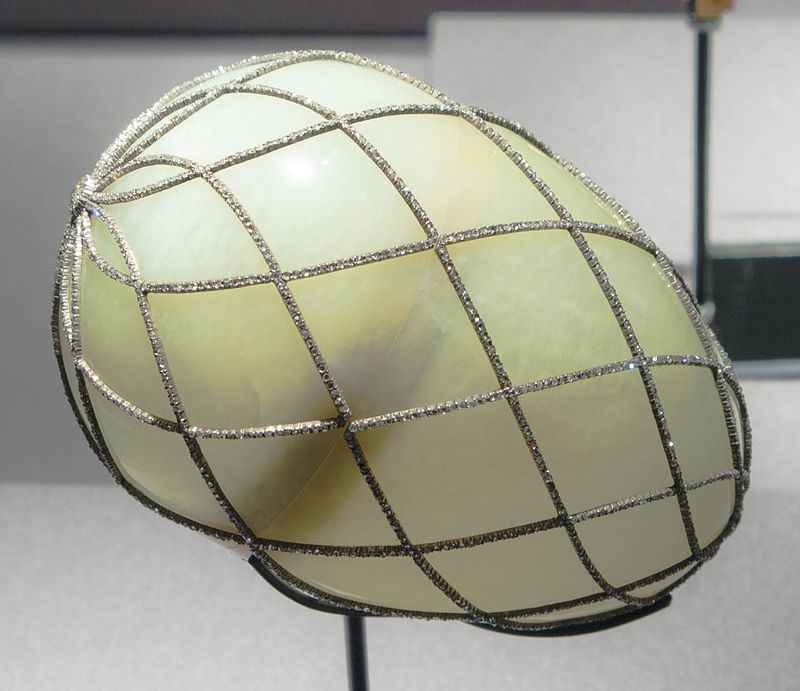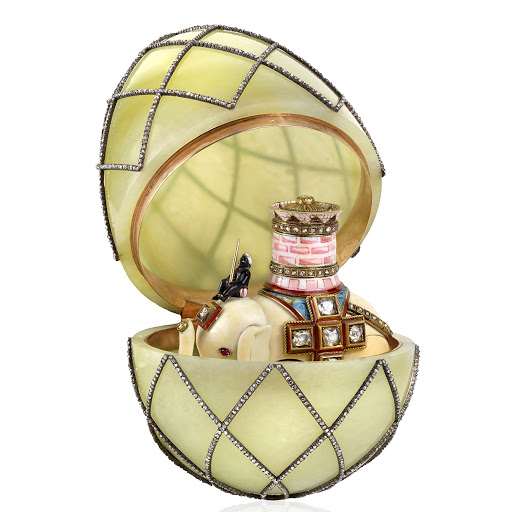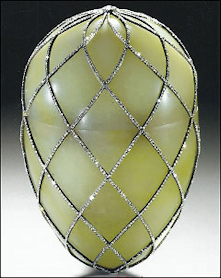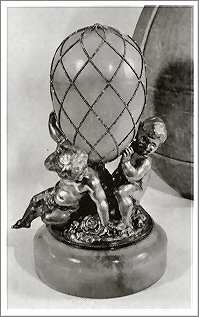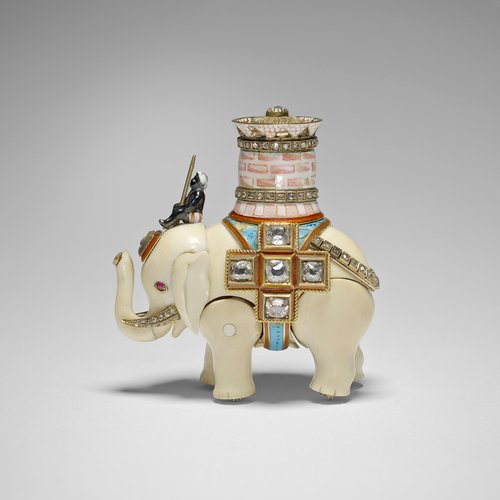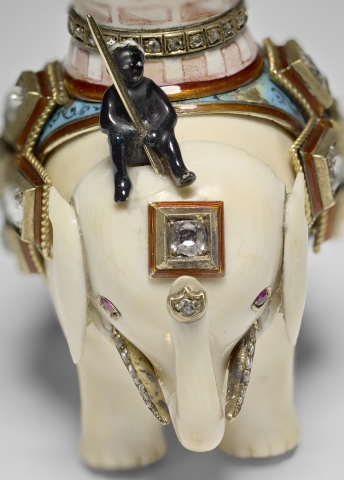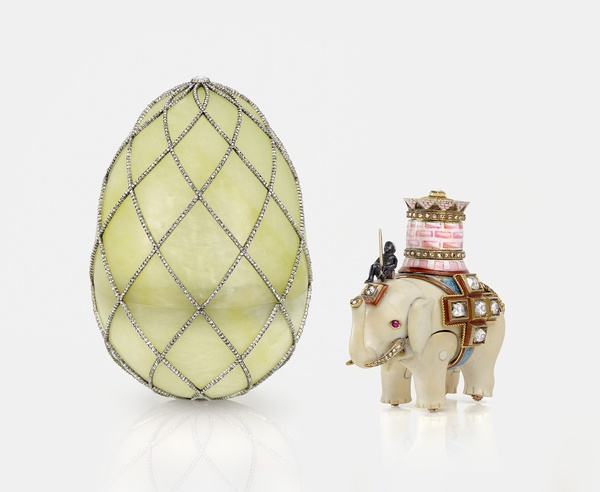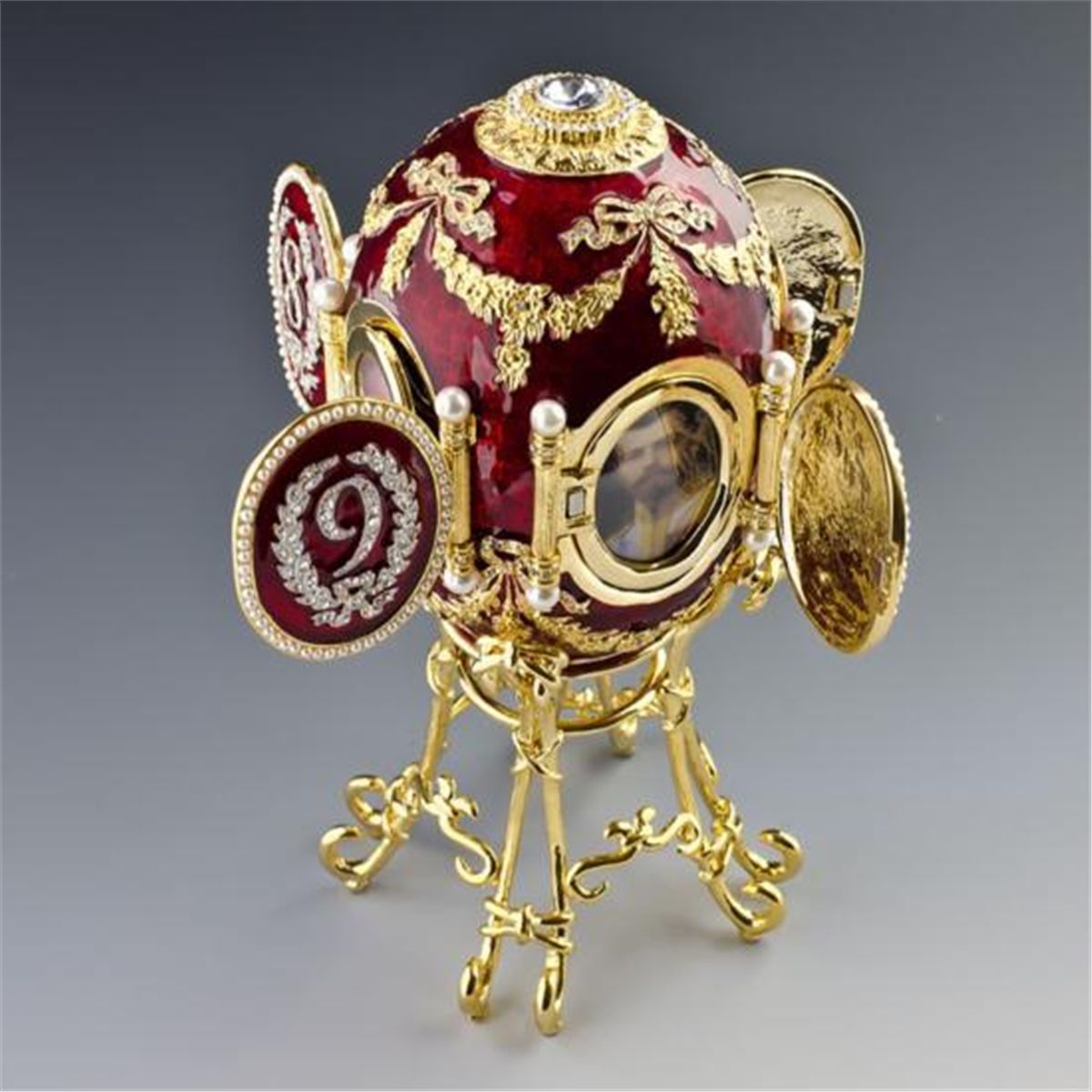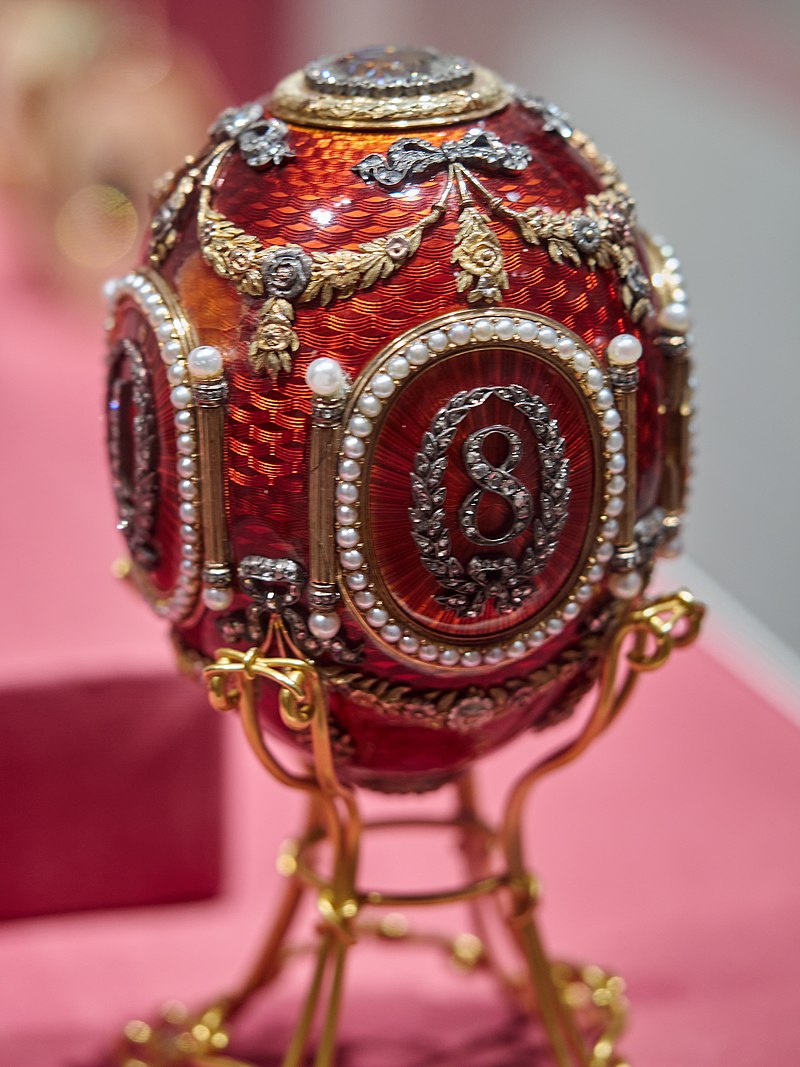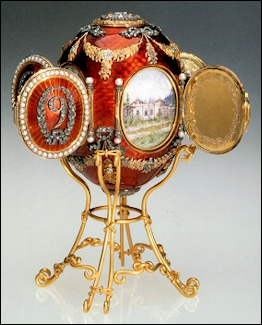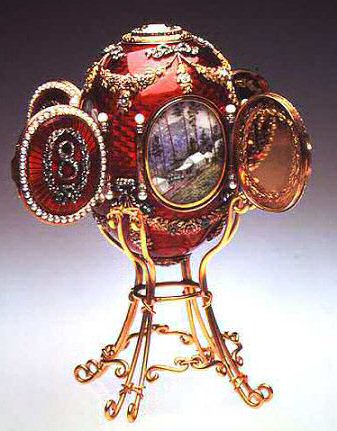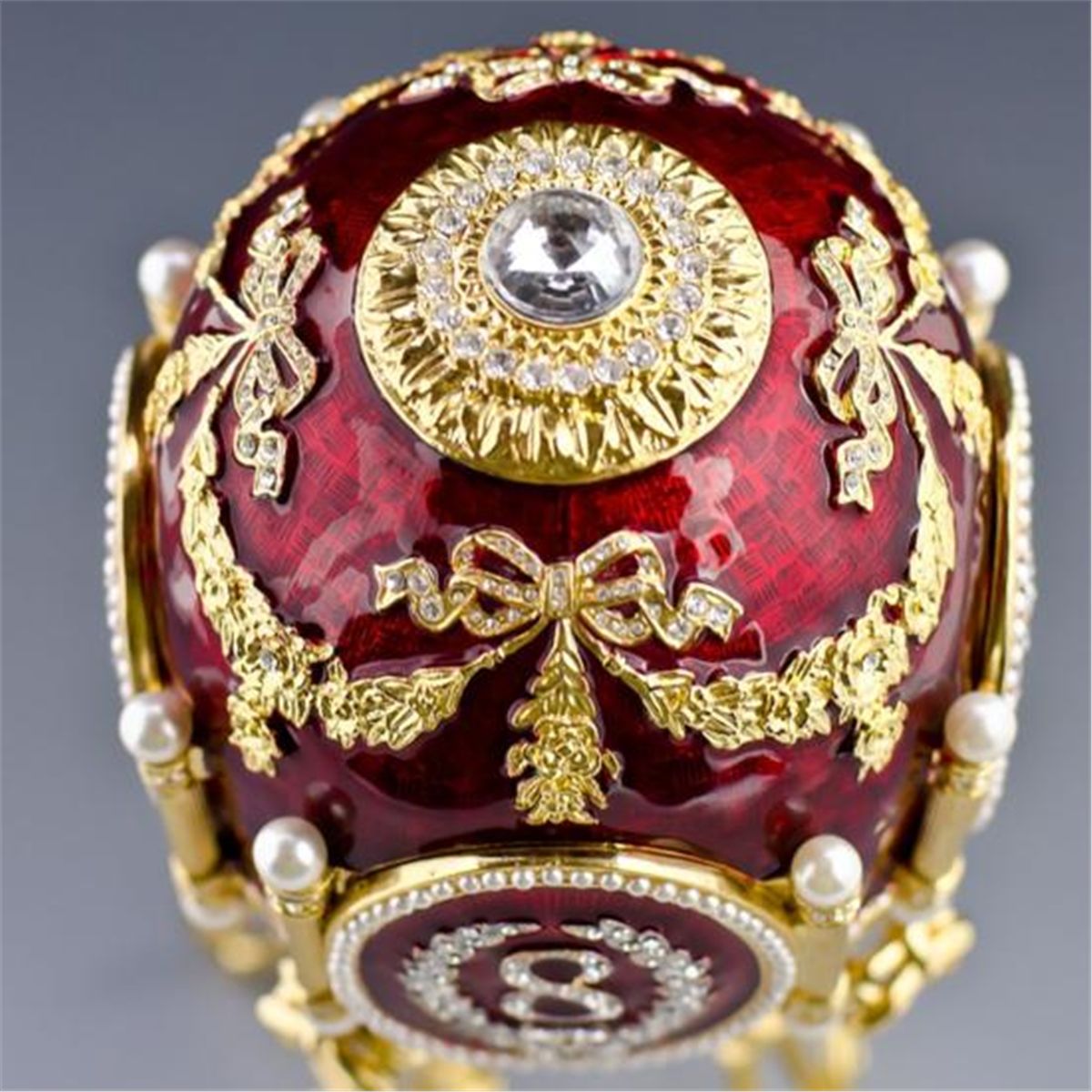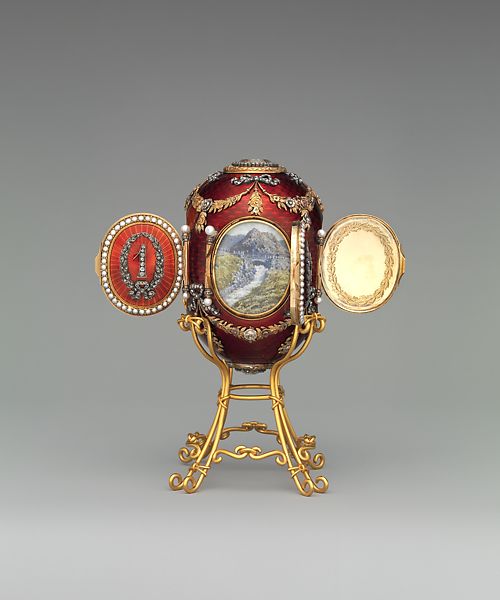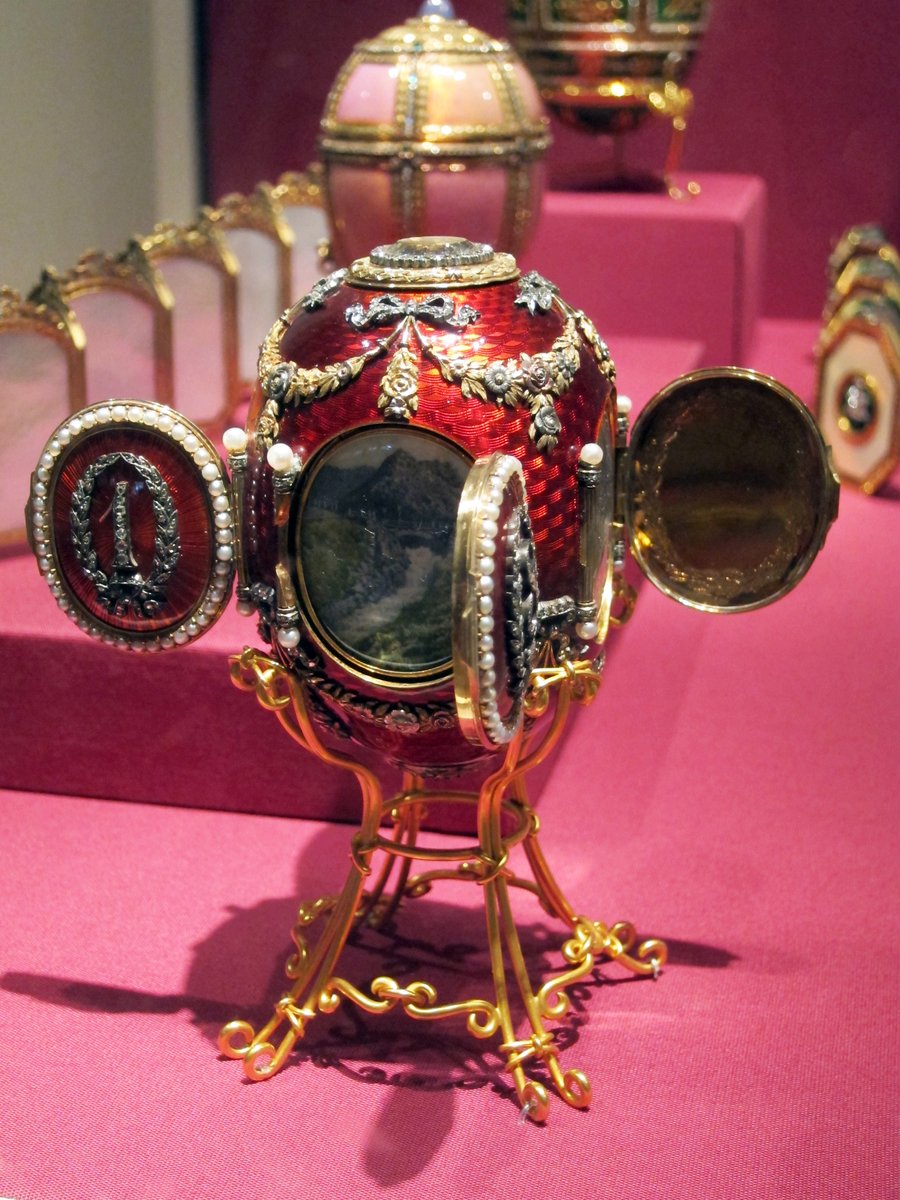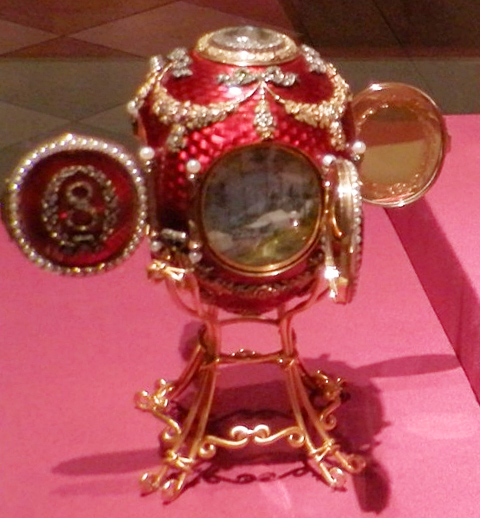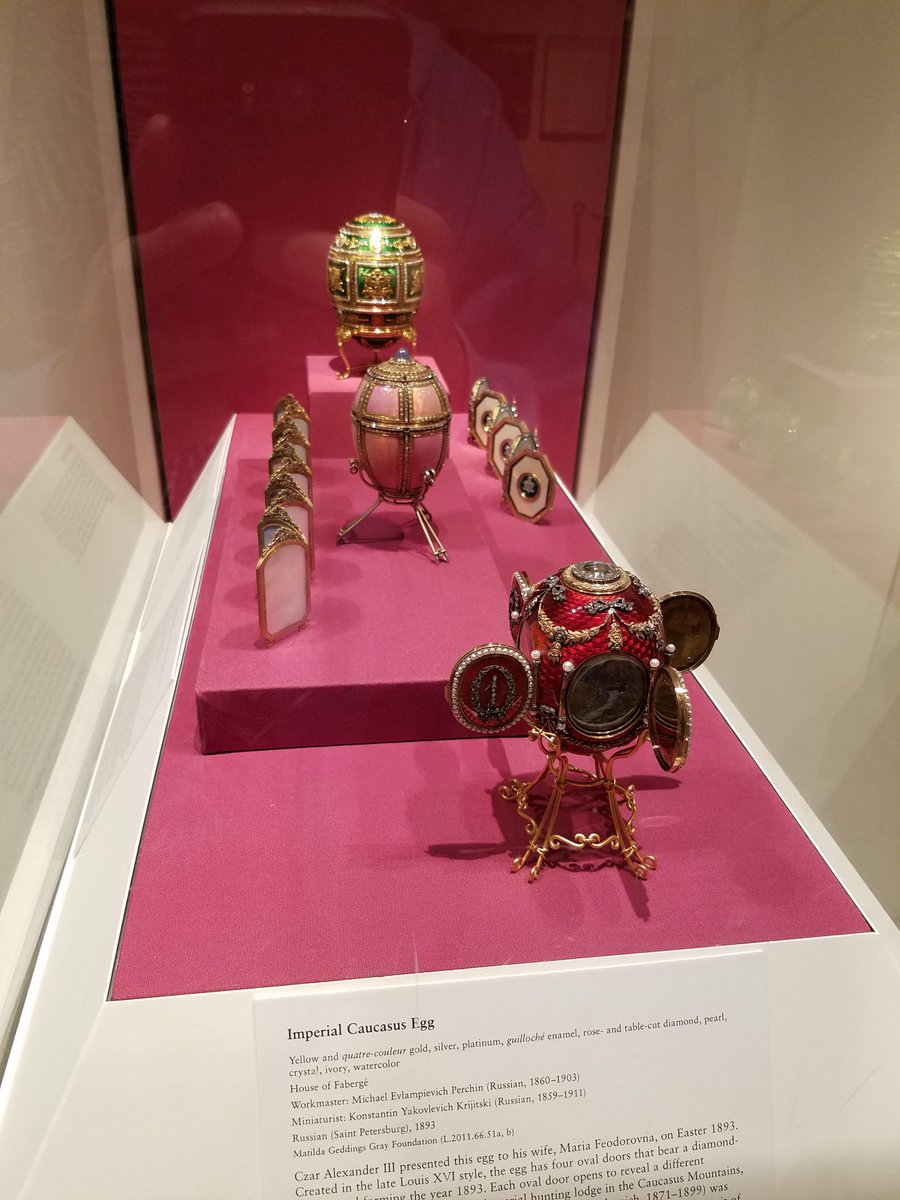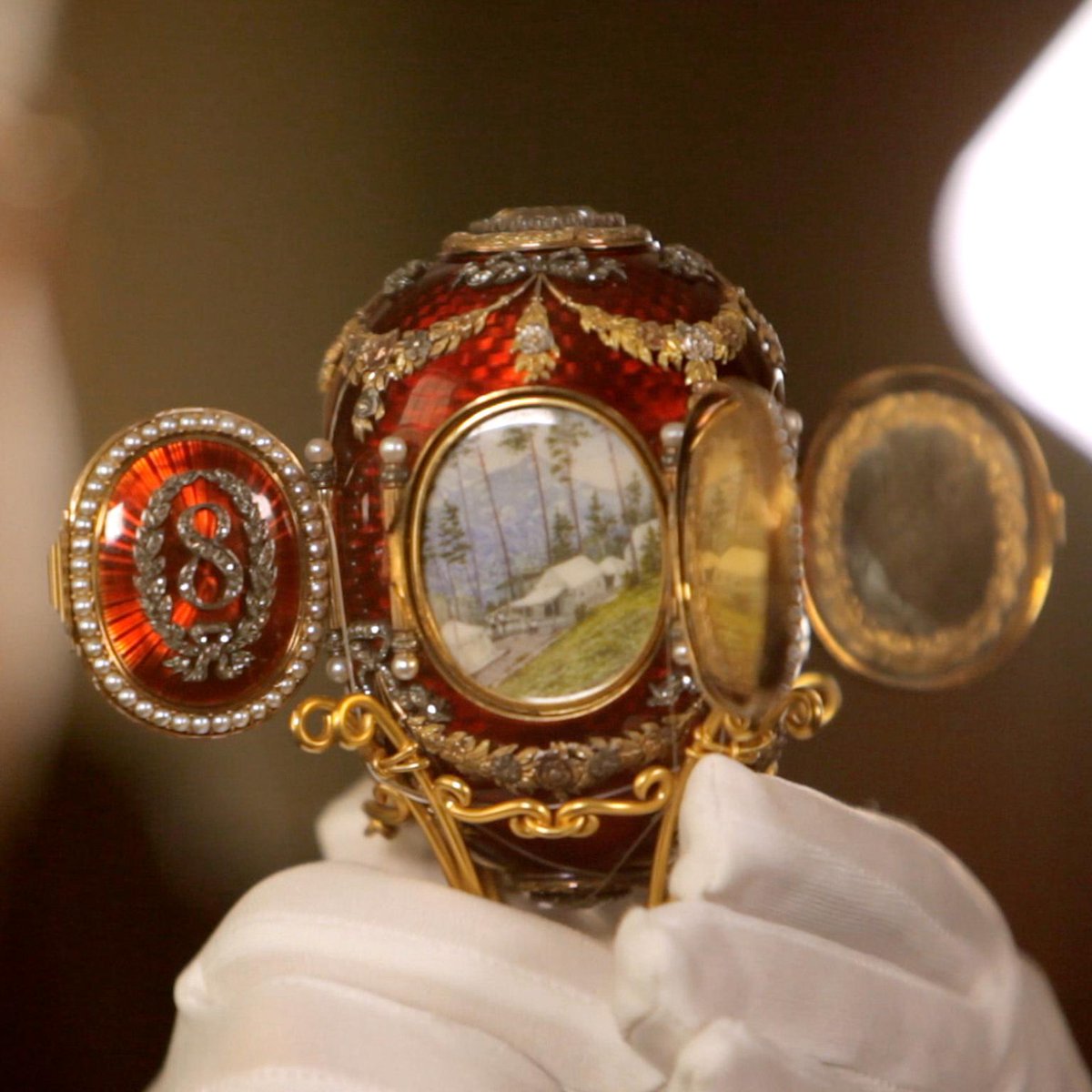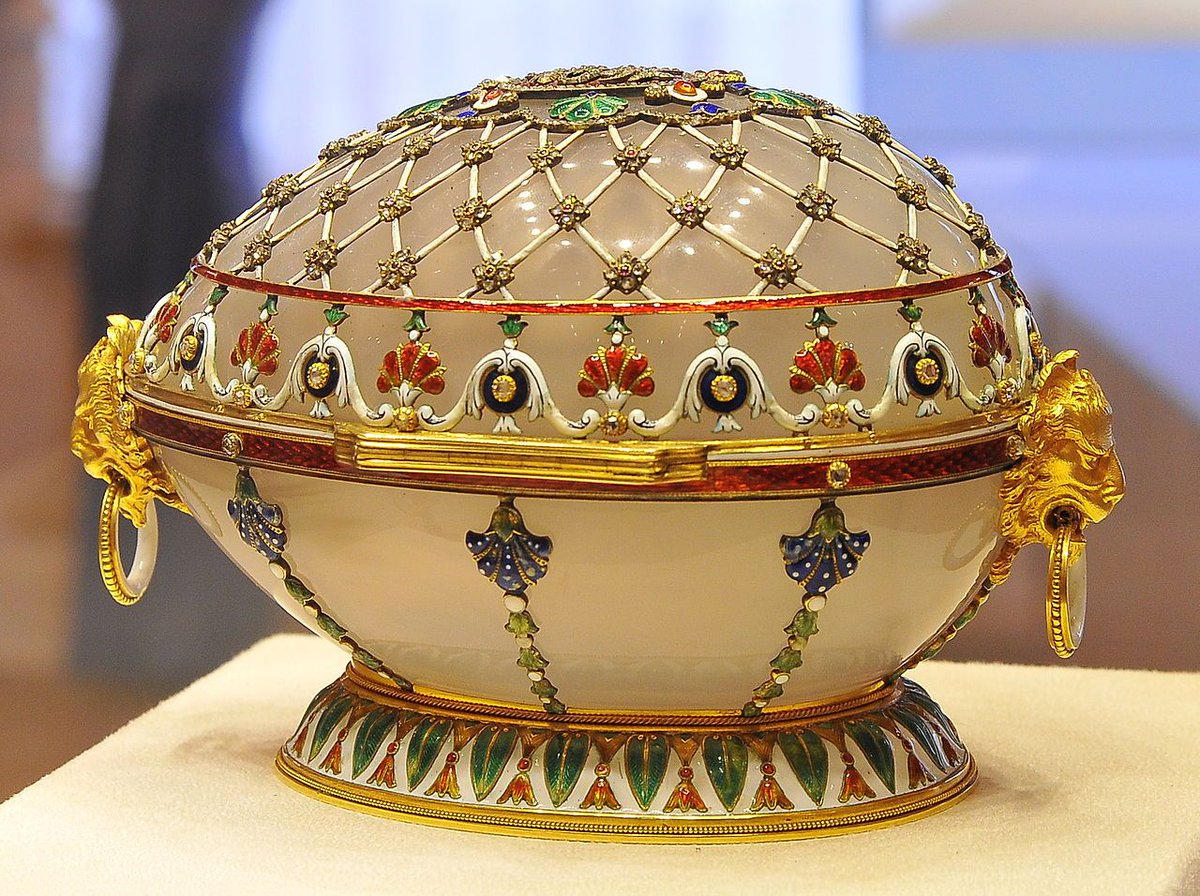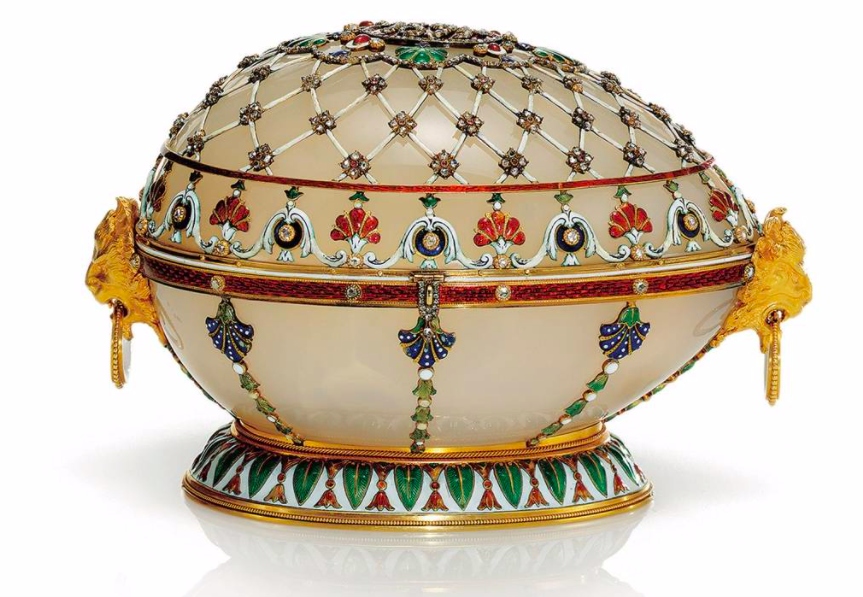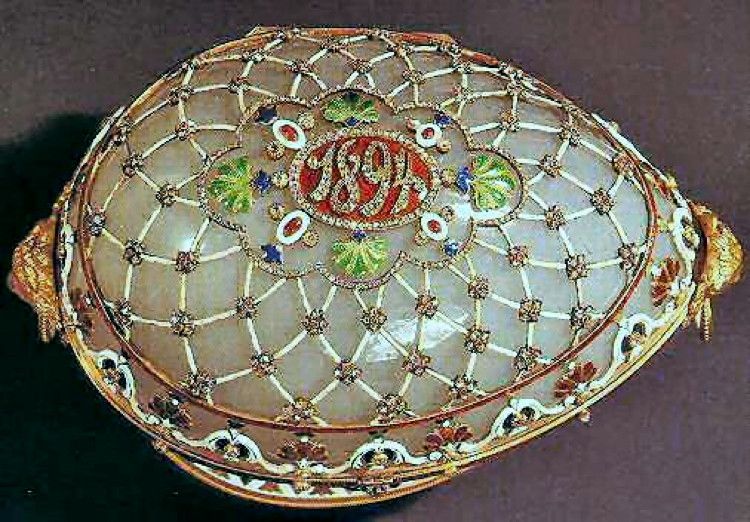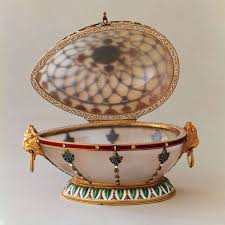A Fabergé egg is a jewelled egg created by the House of Fabergé, in Saint Petersburg, Russian Empire. Possibly as many as sixty-nine were created, of which fifty-seven survive today.
Virtually all were manufactured under the supervision of Peter Carl Fabergé between 1885 and 1917,the most famous being the fifty-two "Imperial" eggs, forty-six of which survive, made for the Russian Tsars Alexander III and Nicholas II as Easter gifts for their wives and mothers.
Prior to 1885, Tsar Alexander III gave his wife Empress Maria Feodorovna jeweled Easter eggs. For Easter in 1883, before his coronation, Alexander III and Maria received eggs, one of which contained a silver dagger and two skulls.
The egg came with the messages including "Christ is risen" and "You may crush us–but we Nihilists shall rise again!" Before Easter 1885, Alexander III's brother Grand Duke Vladimir Alexandrovich suggested Peter Carl Fabergé to create the jeweled egg.
The inspiration for the first egg is believed to come from an ivory hen egg made for the Danish Royal Collection in the 18th century. It was given to the tsarina on 1 May 1885.Just six weeks later, the tsar made Fabergé the supplier to the Imperial Court.
Maria was so delighted by the gift that Alexander appointed Fabergé a "goldsmith by special appointment to the Imperial Crown" and commissioned another egg the next year.
After that, Peter Carl Fabergé was apparently given complete freedom for the design of future imperial Easter eggs, and their designs became more elaborate.
According to Fabergé family lore, not even the Tsar knew what form they would take—the only requirements were that each contain a surprise, and that each be unique.
Once Fabergé had approved an initial design, the work was carried out by a team of craftsmen, among them Michael Perkhin, Henrik Wigström and Erik August Kollin.
After Alexander III's death on 1 November 1894, his son, Nicholas II, presented a Fabergé egg to both his wife, Alexandra Fedorovna, and his mother, the Dowager Empress Maria Fedorovna.
Records have shown that of the 50 imperial Easter eggs, 20 were given to the former and 30 to the latter. Eggs were made each year except 1904 and 1905, during the Russo-Japanese War.
The imperial eggs enjoyed great fame, and Fabergé was commissioned to make similar eggs for a few private clients, including the Duchess of Marlborough, the Rothschild family and the Yusupovs. (In this thread I will only talk about the imperial ones)
Following the revolution and the nationalization of the Fabergé workshop in St. Petersburg by the bolsheviks in 1918, the Fabergé family left Russia. The Fabergé trademark has since been sold several times and several companies have retailed egg-related merchandise using the name
The First Hen egg or Jeweled Hen egg is an Imperial Fabergé egg. It became the first in a series of more than 50 such jeweled eggs made under the supervision of Peter Carl Fabergé. It was delivered to Tsar Alexander III and given to his wife Maria Feodorovna in 1885.
This particular egg is now a part of the permanent collection of the Fabergé Museum in Saint Petersburg, Russia.
The Hen with Sapphire Pendant egg or Egg with Hen in Basket is an Imperial Fabergé egg. It was created in 1886 for Alexander III of Russia, who presented it to his wife, the Empress Maria Feodorovna. It is one of six imperial eggs that are currently lost.
The exact design of this egg is not known as there are no known photographs or illustrations of the egg and written descriptions of the egg sometimes conflict with one another.
The present is described as "a hen of gold and rose diamonds taking a sapphire egg out of a nest" in the imperial archive dated February 15, 1886 through April 24, 1886.
The sapphire egg was loosely held in the hen's beak. The hen and the basket were both made of gold studded with hundreds of rose-cut diamonds.
The egg was housed in the Anichkov Palace until the Revolution. The last documented location of the egg is from the archive of the provisional government's inventory in 1922 when the egg was held in the Armory Palace of the Kremlin.
It is not known whether the egg was lost or is currently in private hands.
The Third Imperial egg is an Easter Fabergé egg created in the workshop of Peter Carl Fabergé for the Russian tsar Alexander III and presented to his wife, Maria Feodorovna, on Orthodox Easter of 1887.
The egg was created in Louis XVI style and it consists of a solid 18K gold reeded case resting on a gold "annulus" (ring) with waveform decorations held up by three sets of corbel-like legs which end in lion's paws.
Joining these legs are festoons of roses and leaves made in a variety of colored gold alloys and joined in the middle of each side by matching oval cabochon sapphires.
Above each sapphire is a gold bow decorated with a series of tiny diamonds, and the front of the egg has a single much-larger diamond in an old-mine diamond clasp which when pressed releases the egg's lid to reveal its surprise.
The egg was lost for many years, but was rediscovered in 2012. The rediscovery of this egg was announced publicly and covered in many news stories in 2014. It's property of an unidentified private collector.
The Cherub with Chariot egg is a Fabergé egg, made under the supervision of Peter Carl Fabergé. It was crafted and delivered in 1888 to the then Tsar of Russia, Alexander III. This is one of the lost Imperial eggs, so few details are known about it.
The exact design of the Cherub with Chariot Egg is unsure. A single photograph of the egg exists, though it is hidden by another egg and can only be seen in a blurry reflection.
There is a brief description from the imperial records in the Russian State Historical Archives in Moscow which describes the gift as "Angel pulling chariot with egg - 1500 roubles, angel with a clock in a gold egg 600 roubles.
The egg would have been presented to Maria Feodorovna on April 24, 1888 by Alexander III. The egg was kept in the Gatchina Palace in 1891, and was one of 40 or so eggs sent to the Armory Palace of the Kremlin in 1917 after the Revolution by the Provisional Government.
In 1922 it was transferred to the Sovnarkom, after which the exact whereabouts of the egg are unknown. In the 1930s Victor and Armand Hammer may have purchased the egg.
A sales catalog for Armand Hammer's 1934 exhibition at Lord and Taylor in New York City describes a "miniature silver armour holding wheelbarrow with Easter Egg, made by Fabergé, court jeweler" which seems to describe the Cherub with Chariot Egg.
The Nécessaire egg is an Imperial Fabergé egg. On 9 April 1889, Alexander III presented the egg to his wife, Maria Feodorovna. It was housed at the Gatchina Palace and was taken on at least one trip to Moscow, as demonstrated by an invoice for the trip which describes the egg.
The egg is one of the lost Imperial eggs, but is known to have survived the Russian Revolution and was sold by Wartski in London in 1952. The purchaser’s anonymity was safeguarded throughout Wartski’s records and they remain unidentified." Its current whereabouts are unknown.
The Danish Palaces egg is an Imperial Fabergé egg, made under the supervision of Peter Carl Fabergé. It was crafted and delivered to the then Tsar of Russia, Alexander III who presented it to his wife, Maria Feodorovna on Easter day 1890.
The egg is currently owned by the Matilda Geddings Gray Foundation and housed in the Metropolitan Museum of Art in New York City, New York.
The exterior of this egg is pink-mauve enameled gold split into twelve sections. It measures 102 mm (4 in.) tall by 67 mm (2 5/8 in.) wide. Six vertical lines of rose-cut diamonds and three horizontal lines separate the enameled panels from one another.
There is an emerald at each intersection of the lines separating the panels, and the egg is crowned with a medallion of radiating leaves around a cabochon star sapphire. The opposite end of the egg is chased with additional acanthus leaves.
The egg opens to reveal a 10-panel screen made of multi-color gold with watercolors on mother of pearl. The panels are framed with a design of tangent circles with a multi-color gold wreath at the apex and stand on Greek meander feet.
The watercolors are all signed by Konstantin Krijitski and dated 1889. Alexander III received the Danish Palaces Egg from Fabergé's shop on March 30, 1890 and presented the egg to his wife, Maria Feodorovna on April 1.
The Tsar paid 4,260 silver rubles for the egg. In January 1893 the egg was housed at the Gatchina Palace and remained there until the 1917 revolution. In 1917 it was transferred with the rest of the imperial eggs sent to the Armory Palace of the Kremlin.
Since 1972 the egg has been the provenance of the Matilda Geddings Gray Foundation, and is currently on display in the Metropolitan Museum of Art in New York City, New York.
The Memory of Azov (or the Azova Egg) is a jewelled Easter egg made under the supervision of Peter Carl Fabergé in 1891 for Tsar Alexander III of Russia
Carved from a solid piece of heliotrope jasper, also known as bloodstone, the Memory of Azov Egg is decorated in the Louis XV style with a superimposed gold pattern of Rococo scrolls with brilliant diamonds and chased gold flowers.
The broad flute gold bezel is set with a drop ruby and two diamonds that complete the clasp. The egg's interior is lined with green velvet.
The surprise contained within is a miniature replica of the Imperial Russian Navy cruiser Pamiat Azova (Memory of Azov), executed in red and yellow gold and platinum with small diamonds for windows, set on a piece of aquamarine representing the water.
The egg commemorates the voyage made by Tsarevitch Nicholas and Grand Duke George of Russia aboard the Pamiat Azova to the Far East in 1890. The trip was made after a suggestion by their parents to broaden the outlook of the future Tsar and his brother.
At the time, Grand Duke George was suffering from tuberculosis, and the voyage only exacerbated it. Tsarevitch Nicholas was also the victim of an attempted assassination whilst in Japan and sustained a serious head wound.
Although the Tsarina was presented with the egg before these events occurred, it apparently was never one of her favourite eggs. It is currently held in the Kremlin Armoury Museum in Moscow.
The Diamond Trellis egg is a jewelled enameled Easter egg made by August Holmström under the supervision of the Russian jeweller Peter Carl Fabergé in 1892.
It was made for Alexander III of Russia, who presented it to his wife, the Empress Maria Feodorovna.The egg cost 4,750 silver roubles, and contained an automaton of an ivory elephant covered with precious stones.
The egg is made of jadeite, gold, rose-cut diamonds, and is lined with white satin. It is carved from pale green jadeite and is enclosed in a lattice of rose-cut diamonds with gold mounts.
The egg is hinged, and a large diamond sits at its base. Originally it was supported on a base of three silver putti said to represent the three sons of the imperial couple, the Grand Dukes Nicholas, George and Michael.The putti were set on a jadeite base, now lost.
The surprise was an automaton of an elephant in ivory. It was the first automaton made by Fabergé for an Imperial egg.The elephant had special significance; the design resembles the badge of the highest order in Denmark, Empress Maria Feodorovna's homeland.
It was recorded as missing, but had been purchased by George V and was residing in a cabinet in Buckingham Palace, where in 2015 it was identified as Fabergé and the lost surprise by Royal Collection Trust senior curator Caroline de Guitaut.
The Diamond Trellis egg is currently owned by Artie McFerrin, a successful businessman in the Houston chemical and petroleum industry, who with his wife, Dorothy, has collected one of the largest private collections of Fabergé objet d'art in the United States.
The Caucasus Egg is a jewelled enameled Easter egg made by Michael Perkhin under the supervision of Peter Carl Fabergé in 1893. The egg was made for Alexander III of Russia, who presented it to his wife, Empress Maria Feodorovna.
The egg is made of yellow and varicoloured gold, silver, ruby enamel, rose-cut diamonds, portrait diamonds, platinum, ivory, pearls, rock crystal and watercolour on ivory.
It commemorates Abastumani in Caucasus where Grand Duke George spent most of his life after being diagnosed with tuberculosis. Miniatures were done and signed by Krijitski. The miniatures are revealed by opening four pearl-bordered doors around the egg.
Each door bears a diamond-set numeral of the year, forming the year 1893. Behind the hinged cover at the top is a portrait of the Grand Duke in his naval uniform.
Currently the egg is a long term installation at the Metropolitan Museum of Art in New York City, New York, as part of the Matilda Geddings Gray Foundation.
The Renaissance egg is a jewelled agate Easter egg made by Michael Perchin under the supervision of Peter Carl Fabergé in 1894. It was the last egg that Alexander presented to Maria.

 Read on Twitter
Read on Twitter

 Fabergé eggs (Part one: Imperial eggs): A THREAD
Fabergé eggs (Part one: Imperial eggs): A THREAD 